If you are considering visiting Hokkado in summer, you’ve made an excellent choice.
As Japan’s northernmost island, Hokkaido remains somewhat of a mystery for most travelers venturing off to Japan. Depite being home to stunning destinations, it sees far less foreign visitors than the main Island.
The absolute best time to visit Hokkaido is in summer, where the weather is fair and reveals the best of what this region has to offer.
Summers in Hokkaido are characterized by colorful flower fields, rolling green hills, expansive national parks, and beer gardens in the cities.
Here’s everything you need to know when planning a trip to Hokkaido in summer!

About Hokkaido
Hokkaido is the second largest, and most northern island of Japan that shares a sea with Russia.
it’s not nearly as densely populated as Honshu, the main island where Tokyo and Osaka are located. In fact, a visit here sometimes feels nothing like what one would expect from a trip to Japan.
Instead of sky high buildings and ultra-modern metropolises, Hokkaido can feel quite rural in comparison. Instead of skyscrapers and flashing billboards, you’ll find vast farmland, snowy mountains, active volcano hikes, expansive lakes, and if you’re lucky, wildlife.
When to Go to Hokkaido
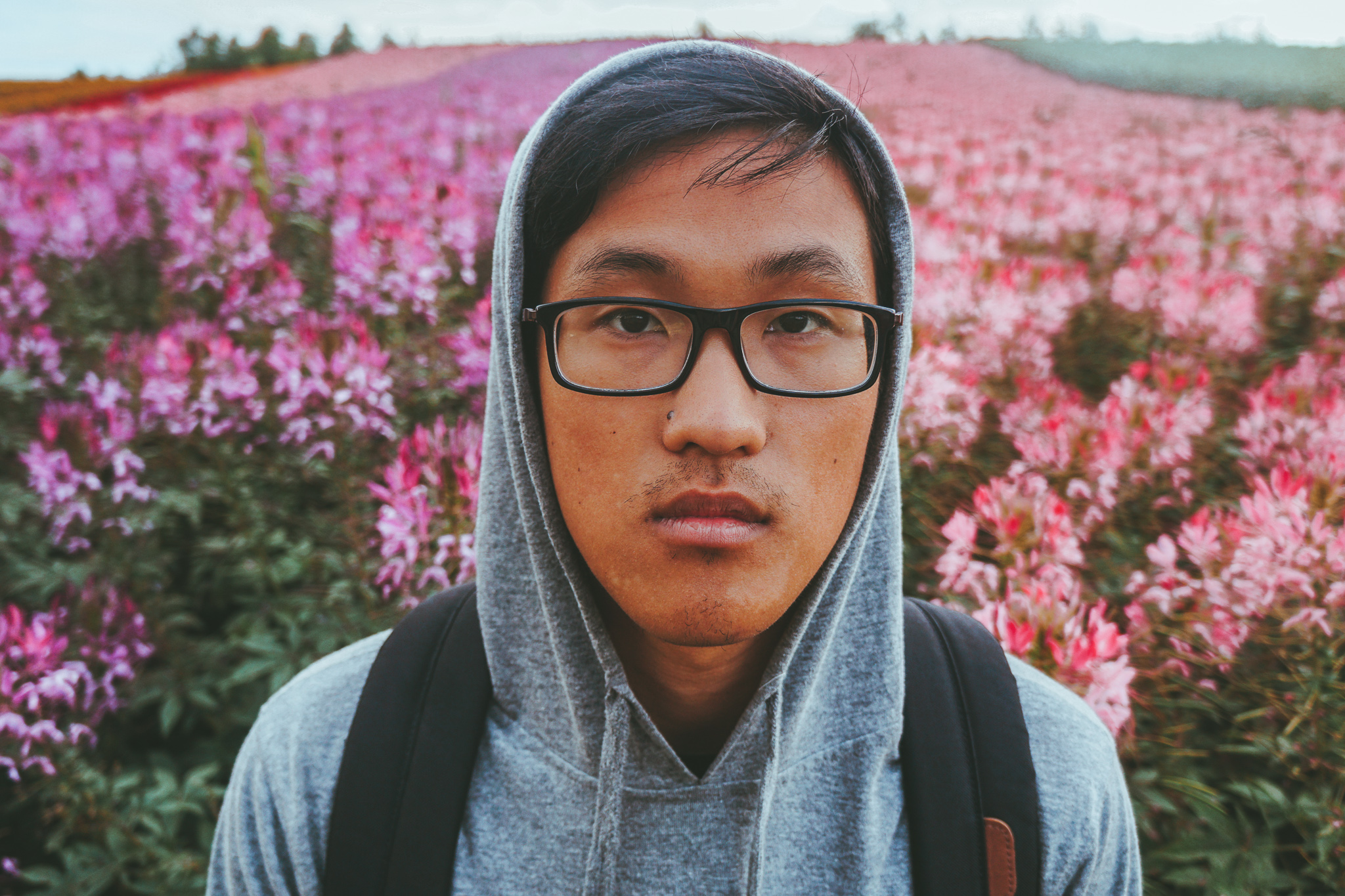
Most of Japan experiences a rainy season that last the duration of the summer. Luckily, Hokkaido does not have any rain season and is rarely affected by typhoons like the rest of the country.
This is why visiting Hokkaido in summer is a great choice for visitors coming to Japan in summer. You can avoid the sticky, incredibly humid weather that the rest of Japan will be facing this season!
Within the summer season, there are still certain time frames that are more ideal for visiting Hokkaido.
Hokkaido in June
Summer takes longer to arrive in Hokkaido than the rest of Japan. In fact, they are barely wrapping up their cherry blossom season by the end of May!
While June is a great season for exploring the cities like Sapporo and Asahikawa, it may still be a bit cold especially at higher elevations. This may rule out any hiking, such as to Asahidake where there can still be snow.
Plus, none of the flowers that make Hokkaido in summer famous will be in full bloom yet.
Hokkaido in July
Personally, I think July is the ideal month for visiting Hokkaido.
The month of July starts to see the the full swing of summer weather, ideal for any hiking or outdoor exploration in the national parks. This is also the month where most of the flower fields will be in full bloom and at their most beautiful.
If your reason for visiting is motivated by flower fields, absolute best time to visit is from the end of July to the beginning of August. This is when the sunflowers, lavender and other flowers will be blooming at the same time.
Hokkaido in August
August sees the best weather in Hokkaido. With day time temperatures averaging 20 degrees Celsius, and the longest days, it’s ideal for hiking adventures and spending time outdoors.
The flowers usually begin to fade away around the beginning of the month, but you may be able to catch some. If you time your visit right, you may also get to see some Obon Festival activities in the cities.
How Much Time Needed in Hokkaido
Hokkaido is larger than many may realize. This means that travel time between cities and destinations are usually several hours, and should be factored in when deciding how many days you need here.
To see the absolute highlights of Hokkaido, I’d suggest staying a minimum of 5 days. If you want to explore more of the national parks and the more off the beaten path attractions, opt to spend a full week here if not more.
Where to Stay in Hokkaido
For most visitors that plan to travel Hokkaido by train and on guided tours, then Sapporo makes an ideal base.
Even if you don’t spend most your time in Sapporo, you will definitely spend at least you first and last day here, so its important to choose a good hotel here.
The best hotels in Saporro are La’gent Stay and Karaksa Hotel, both centrally located and with onsite onsen baths for guests. For budget travelers, Hotel Classe Stay is a good option.
When visiting Asahidake, I stayed in Asahidake Onsen which I can fully recommend. The best hotel in this area is Bell Monte, a newly constructed hotel with luxurious onsen baths for guests.
For a great experience in Furano, I’d suggest Hitohana Winery Hotel.
Best Places in Hokkaido in Summer
There are many places to visit in Hokkaido, from natural wonders to charming farmlands to even some impressive cities. Below are the best places to go during summer in Hokkaido, plus what to see and do there.
1. Furano
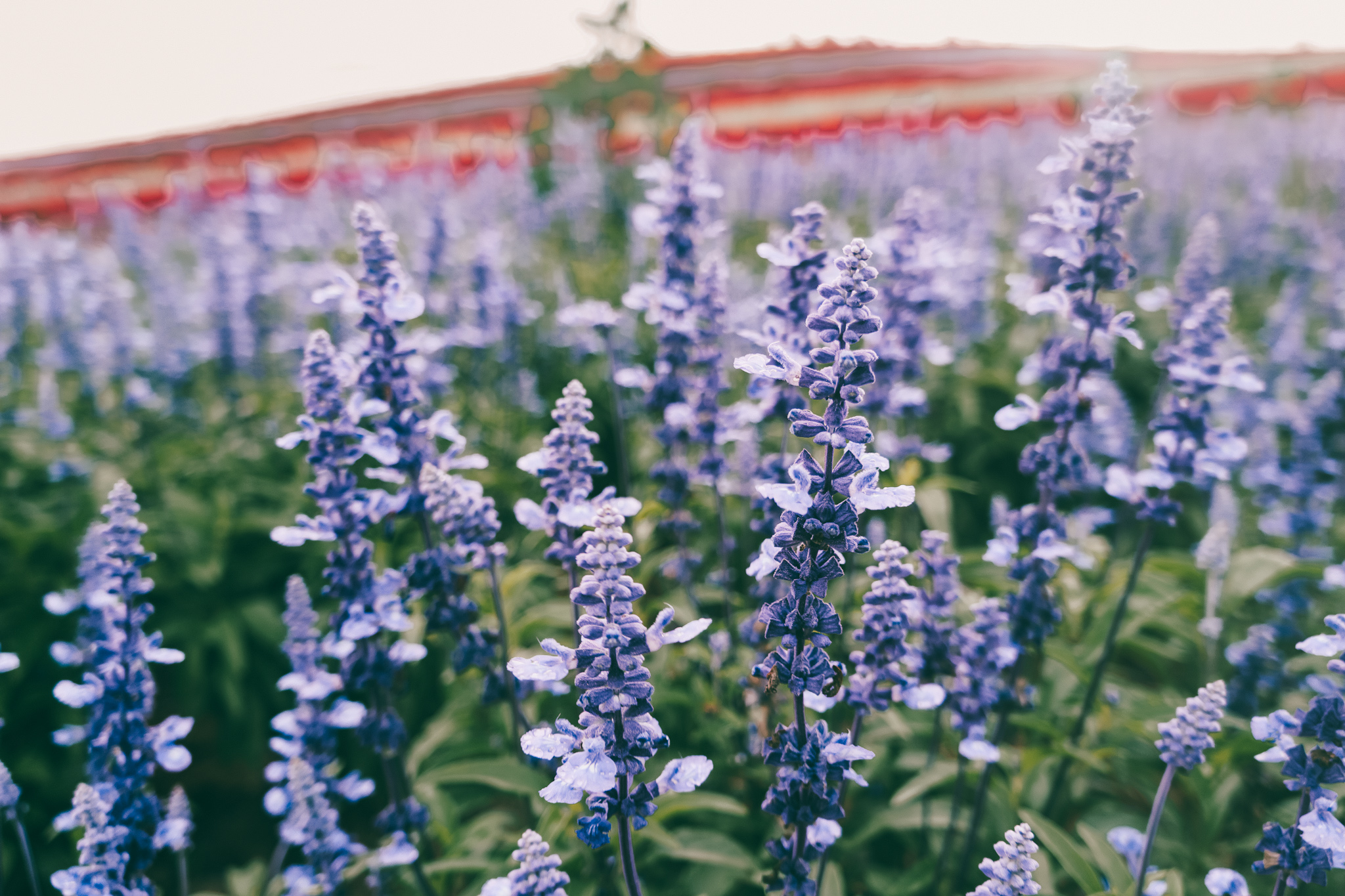
Furano is a town located somewhat in the center of the island of Hokkaido. You’ll be surprised to arrive and find it nothing like the towns and cities on the mainland island of Japan.
There are no skyscrapers or bustling busy streets here, just rolling hills and farmland – and lot’s of it!
Despite its rural nature, Furano is still one of the most visited places in Hokkaido in summer. This is largely due to the famous flower fields that can be found here.
Furano Lavender Fields
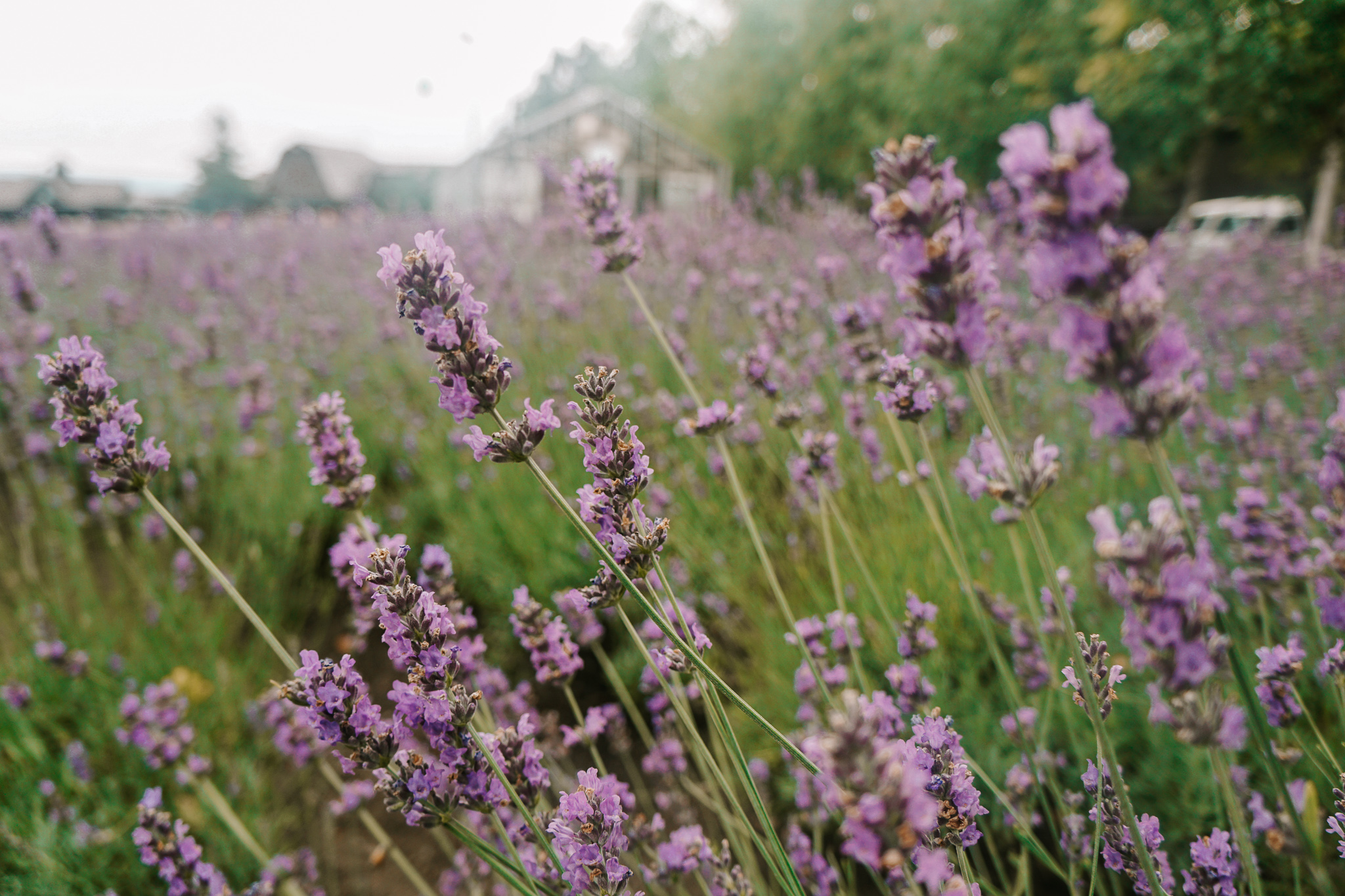
The lavender fields of Furano are amongst the most beautiful places in Hokkaido in summer.
The fields are not quite as large as the ones in Provence, but they are still quite impressive. Come for the beauty of the flowers, stay for the enticingly fragrant air produced by the lavender.
While here, you can also try lavender flavored soft serve ice cream. As many know, Japan is kind of obsessed with soft serve ice cream, and this flavor is actually really good!
Tomita Farm Rainbow Flower Fields
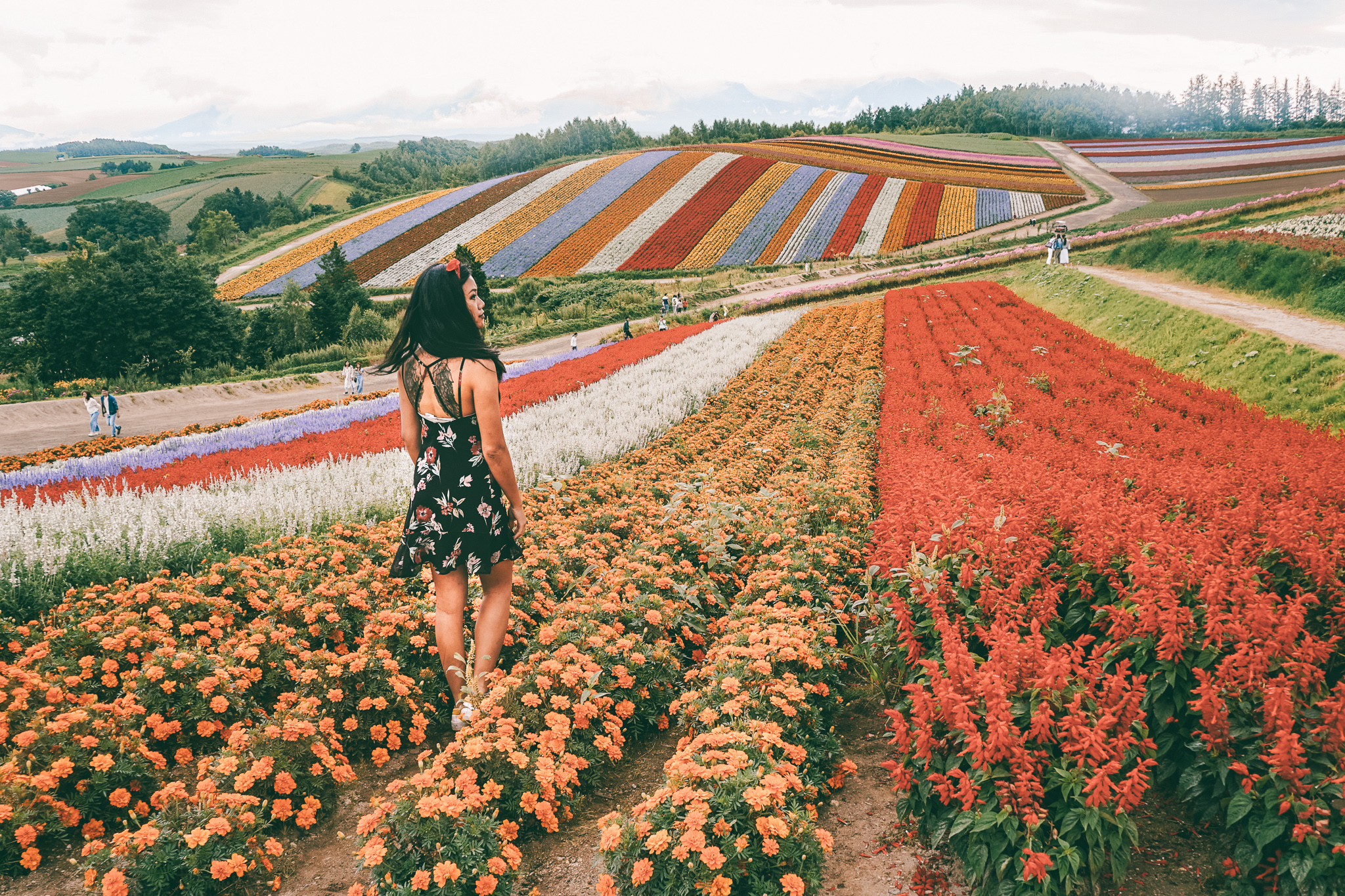
Another must see flower field in Furano is the seemingly endless hills of colorful flowers at Tomita Farm.
The farm here uses a variety of flowers and colors to create rainbow flower fiels that sprawl out across the hills.
It’s a dreamy experience, being able to see all the flowers spread out across vast hills in all directions. Despite the popularity, it never gets too crowded here either. You can really enjoy your time here in peace.
Furano Fruit Picking
Eating fruit is not a staple in Japanese culture. Despite this, they are known to produce some of the highest quality, sweetest fruit.
A large majority of this fruit is produced in Hokkaido, right here in the Furano region.
The fruit that grows here ranges from berries, to melon, to squash and even asparagus. You can opt to visit a farm and try some locally grown products.
For a more hands-on experience, some visitors pay to do some fruit picking while here. For that, head to Ohashi Farm to pick cherries, or Yoshida Farm to try some fresh Japanese melon treats.
2. Biei
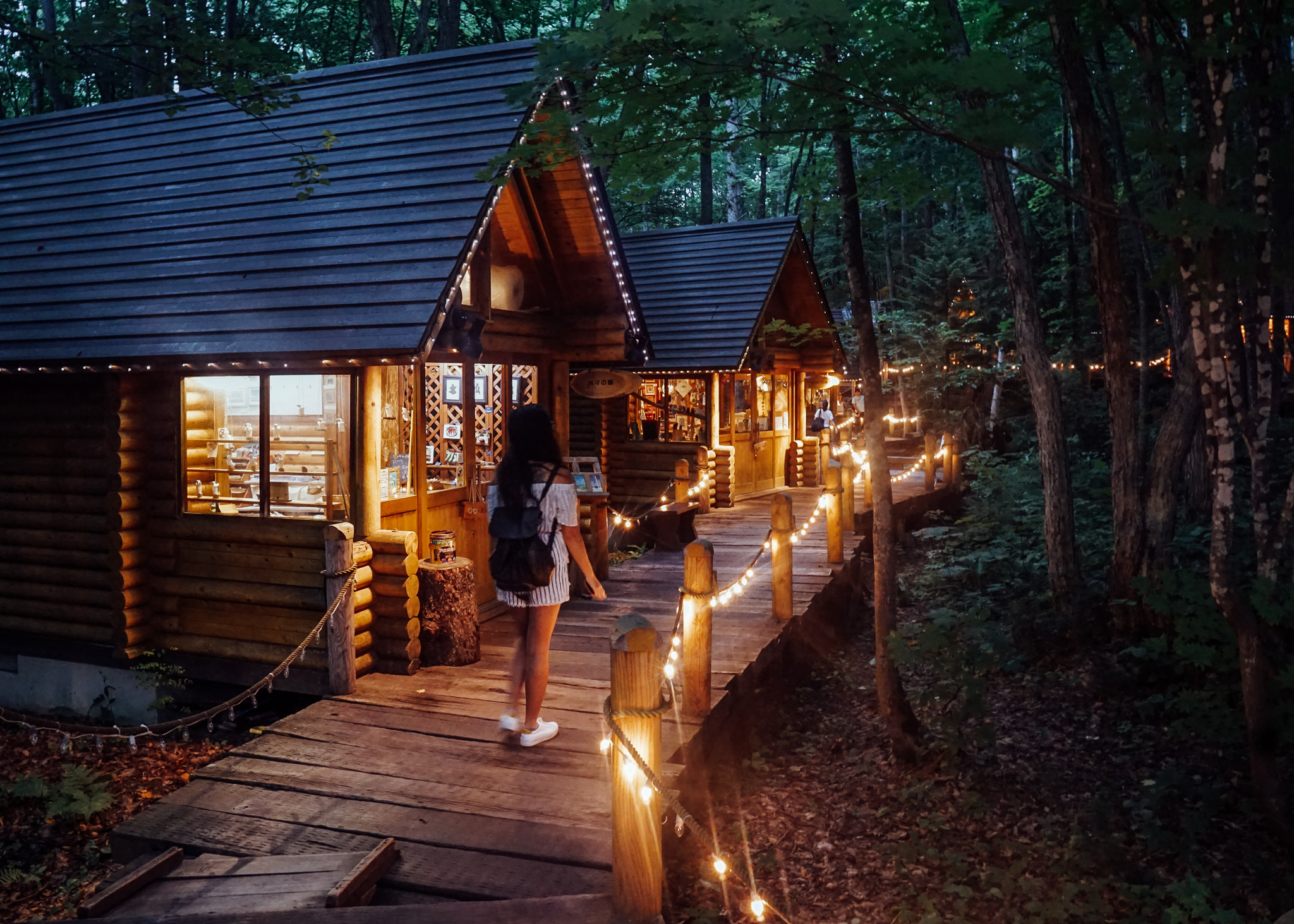
Biei is not far from Furano, and the two are usually visited in one trip. Like Furano, Biei is also characterized by farmland and flower fields.
The best way to see this area, is to rent abike so you can fully enjoy the scenery. Go for an electric bike when picking a rental bike, to to make cycling through this hilly area easier.
Biei Sunflower Fields
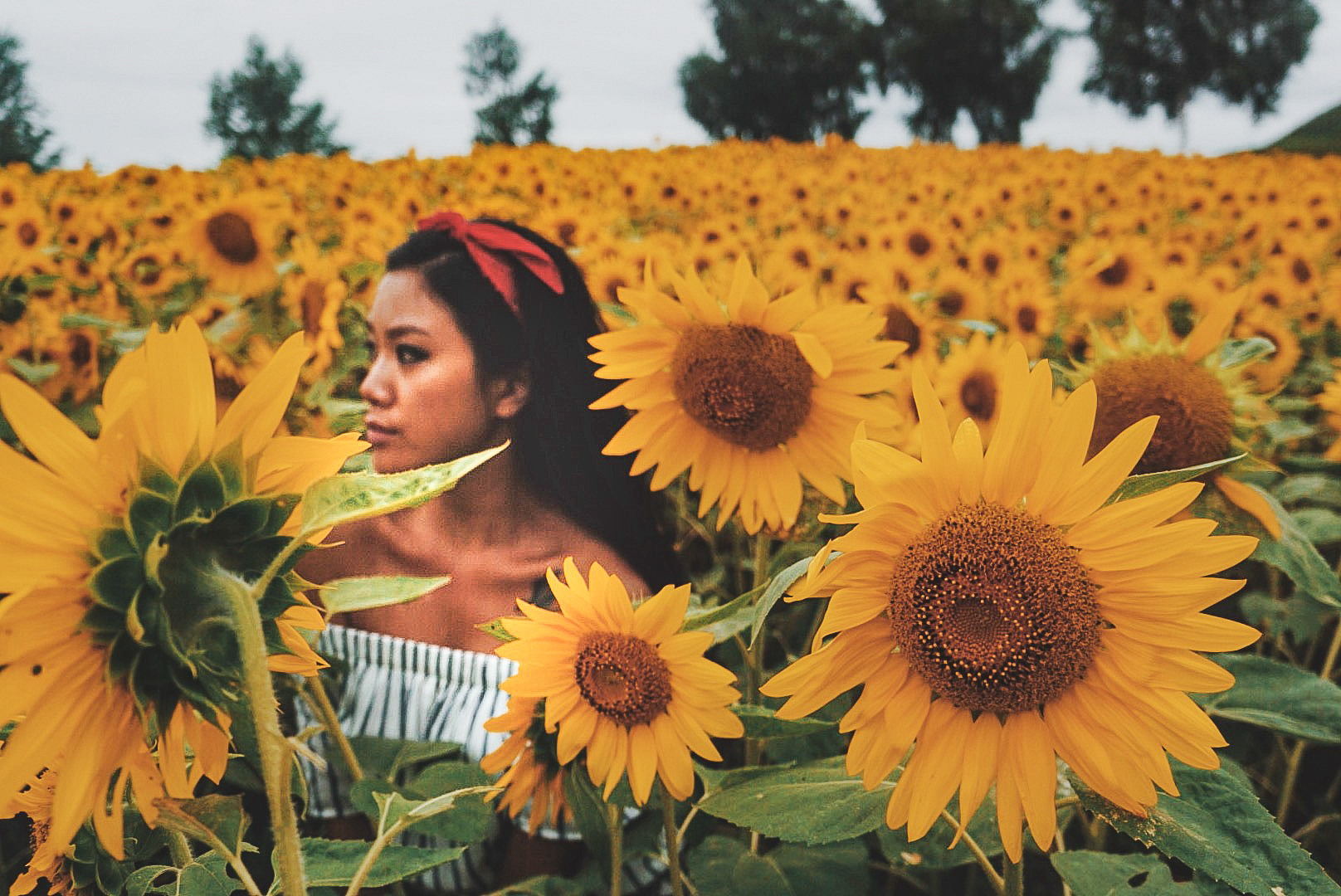
There are many sunflower fields spread out across Biei, and you really just have to drive around for some time until you’ll stumble upon one one.
One of the biggest and best sunflower fields is at Zerebu Hills, which is a large park home to many types of floral fields.
But the best sunflower fields were usually the unnamed random ones we encountered when randomly cycling along the roads.
These are usually larger, and without any entry fee or people so you are free to take as many pictures as you’d like (without damaging any flowers, of course).
Patchwork Road
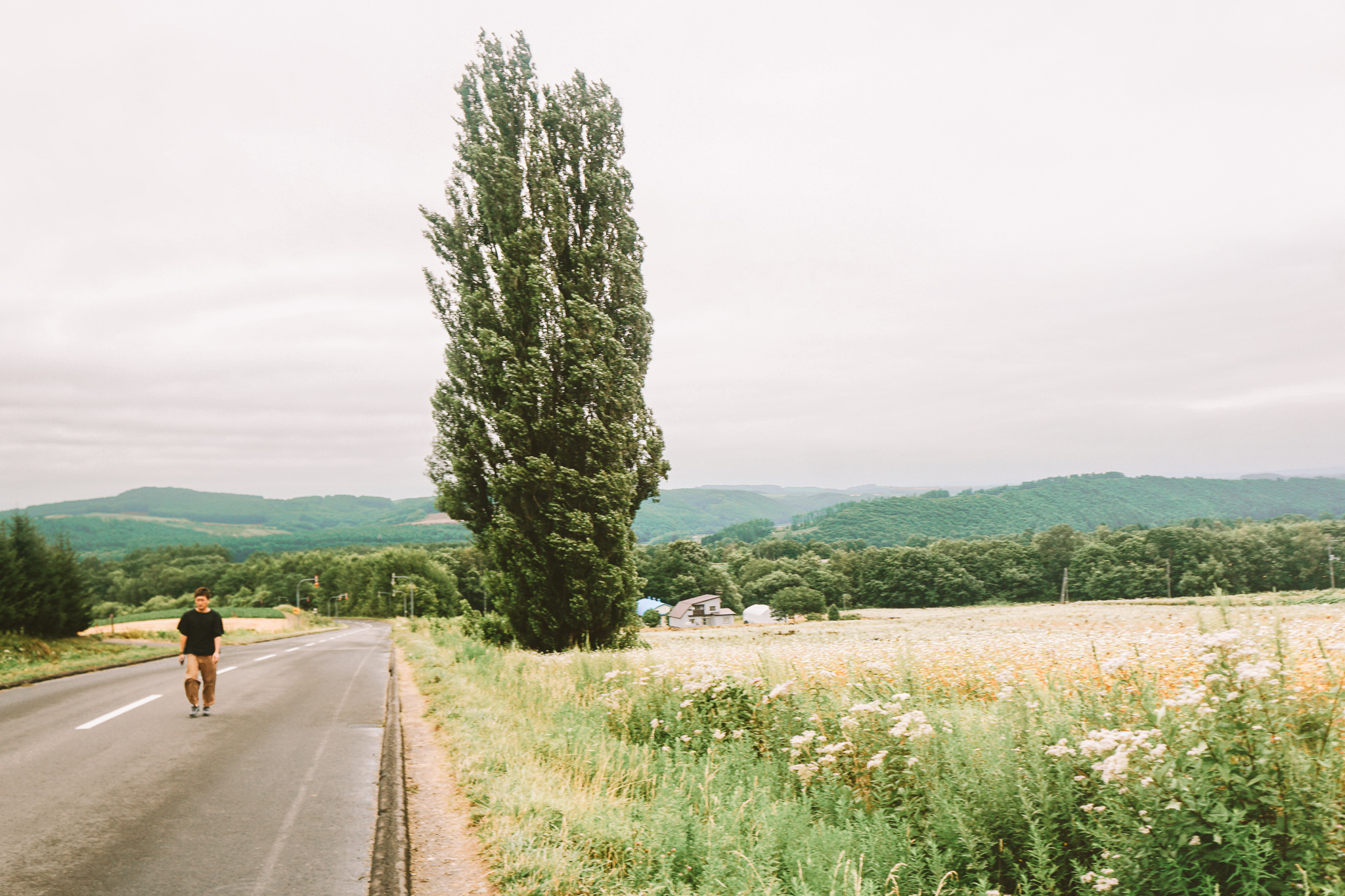
This is not a destination, but an area. The name is likely a reference to the many patches of green farmland that covers the hills, forming a patchwork-like pattern on the landscape.
There is only one road running through this area so you can’t go wrong by driving or biking around and stopping whenever you see something beautiful (which happens often).
The scenery here is simply beautiful. So much so, that it has been the filming location for several marketing campaigns and commercials.
One famous landmark, is the Parent and Child Tree scene. These trees were planted for a commercial at some point and still remain today, serving as a popular photography spot.
You’ll also come across some farms selling locally produced goods, such as squash and pumpkin. There are even some art boutiques in this area, that make quirky little stops to admire local crafts and goods.
Panorama Road
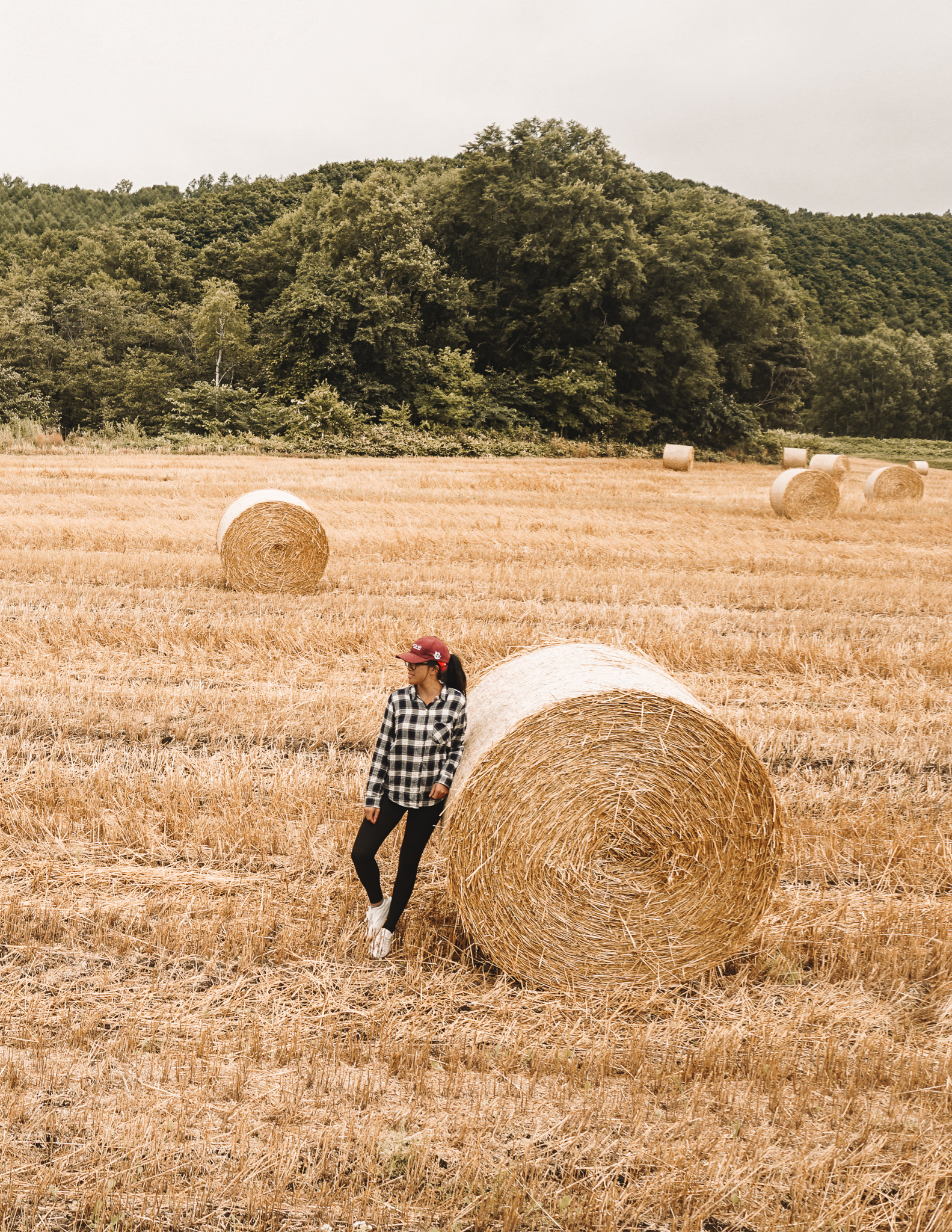
Like Patchwork Road, this road is known for its scenic beauty.
Here you’ll find more rolling green hills, scenic farmland and just all around beautiful nature.
As you drive or cycle around the area, you’ll find the iconic circular hay stacks among the farm fields. This may not sound special to visitors from Europe, but these types of scenes are very uncommon in Japan.
If you want to see more colorful flower fields, you can pay a visit to Kanno Farms. This farm isn’t as big as Tomita Farm, but still worth a visit for more rainbow fields of colorful flowers.
Shirogane Blue Pond
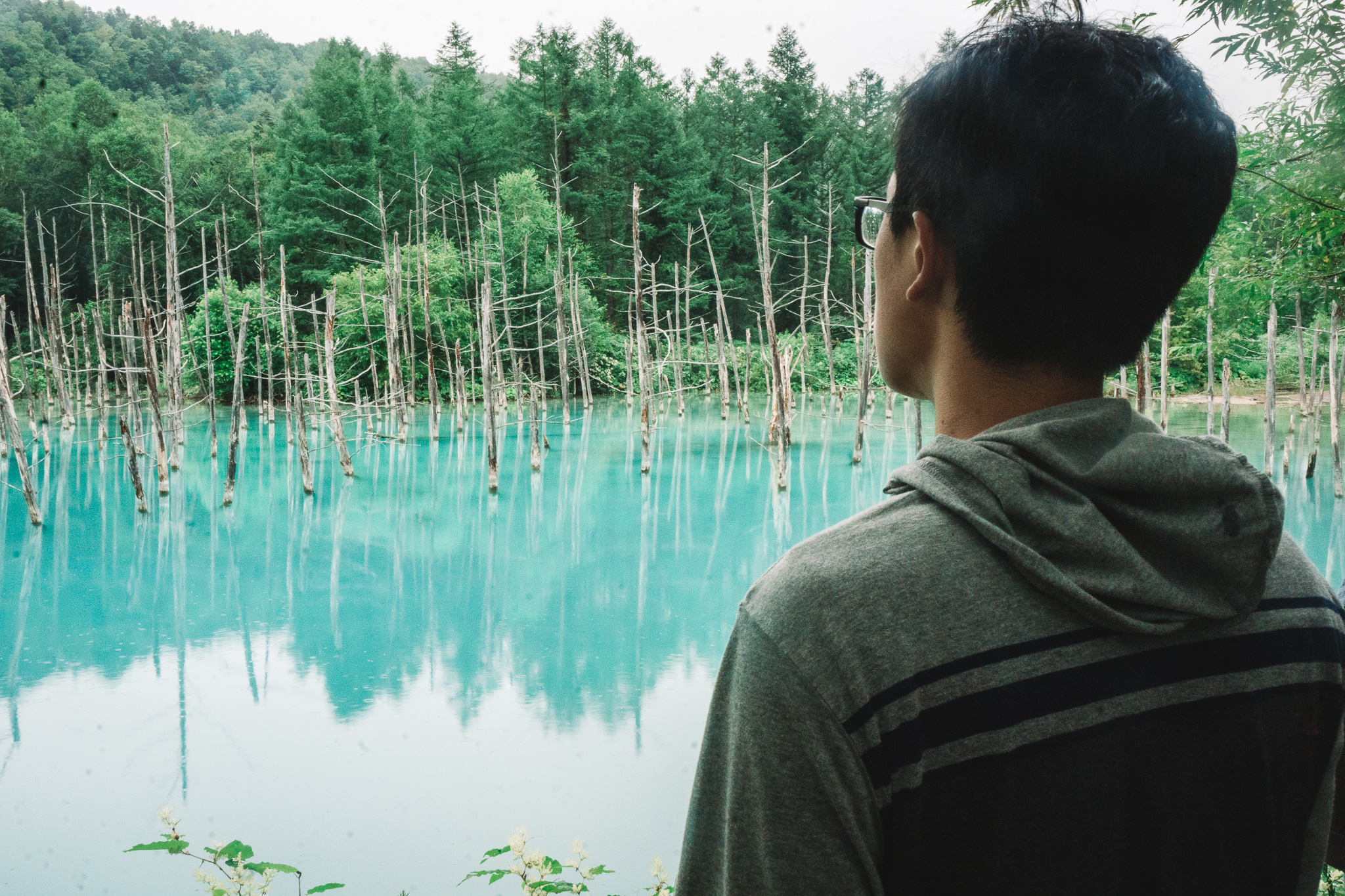
The Blue Pond is a very famous landmark in Biei and all of Hokkaido. You’ll see photos of it on many postcards, and may recognize it from a computer screensaver you’ve had.
The Blue Pond is stunning any season, and a major photography hotspot in Hokkaido. During winter, it’s covered in ice and snow.
But if you come during summer in Hokkaido, you’ll find a strikingly bright turquoise pond. Funnily enough, this natural wonder was not actually created by nature. It’s a by-product of the nearby dam on the Biei River.
Shirahige Falls
A short bike ride from Shirogane Blue Pond is Shirahige Falls. This waterfall cascades down the slope of black volcanic cliffs into a rocky ravine below.
The water from this waterfall is the source for Shirogane Blue Pond, and also features the same bright blue waters in its basin.
The waterfall and pond both get their bright, ethereal coloring as a result of aluminum infused into its waters. The aluminum reflects light is a way that gives off its signature blue color.
3. Sapporo
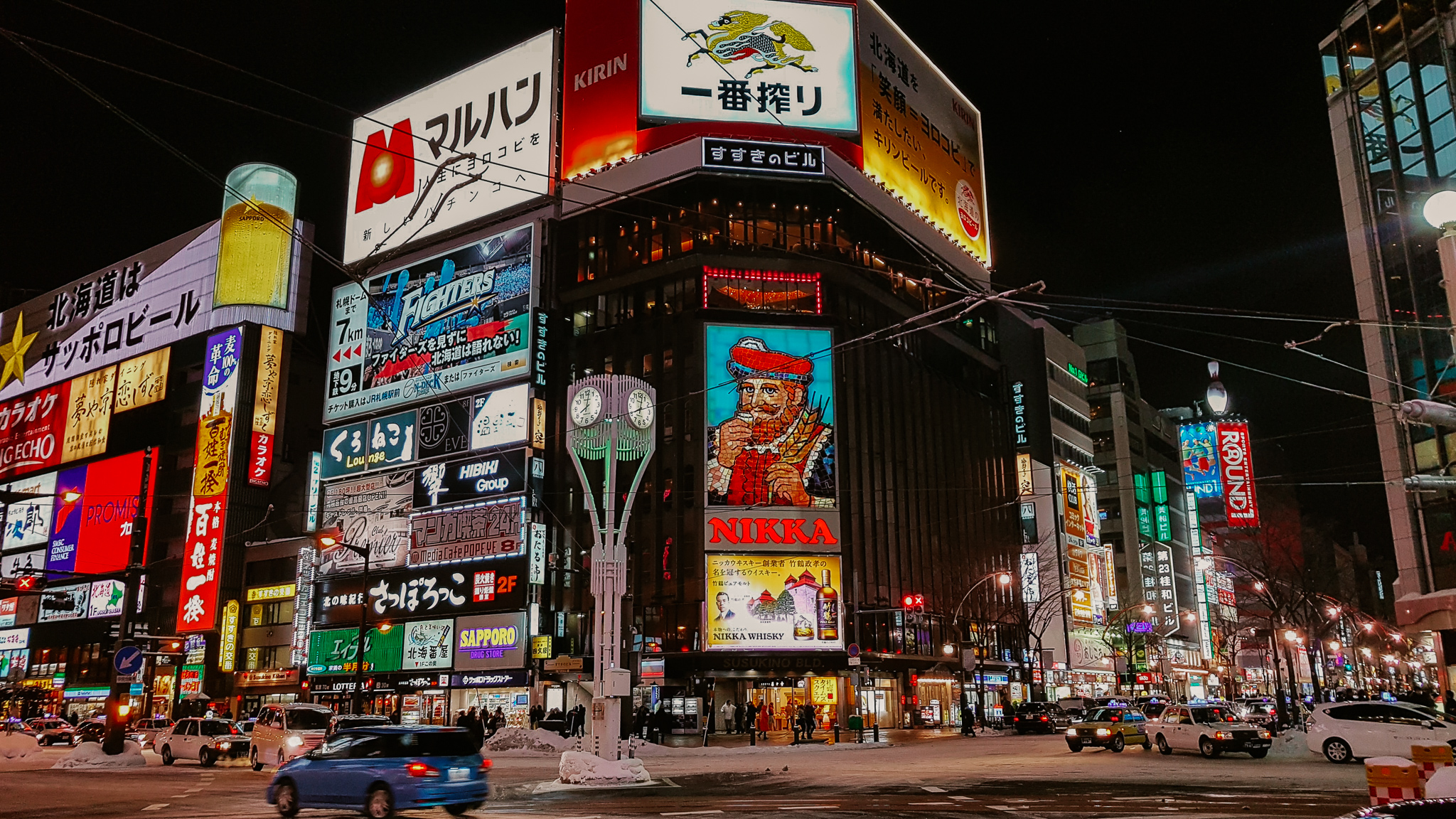
Sapporo is the largest city in Hokkaido. As the location of the largest airport on the island, it’s likely to be your gateway into Hokkaido as well.
Sapporo is the one of the few places in Hokkaido that somewhat resemble the bustling metropolises on the main island of Japan. As a large city, Sapporo has a lot to explore, so opt to spend a day or two here at minimum.
Nijo Fish Market
Sapporo is famous for its high quality seafood.
The reason for the quality, has to do with the plankton rich waters which provide sea life with optimal health and nutrition.
The waters here are also colder than the rest of Japan. In face, if you look closely at Hokkaido on a map, you’ll see that it’s actually a lot closer to Russia than the rest of Asia.
As a result, marine animals in this area develop more fat to insulate them from the lower temperatures. The end result is fish and seafood that is fatty, flavorful, and melts in your mouth.
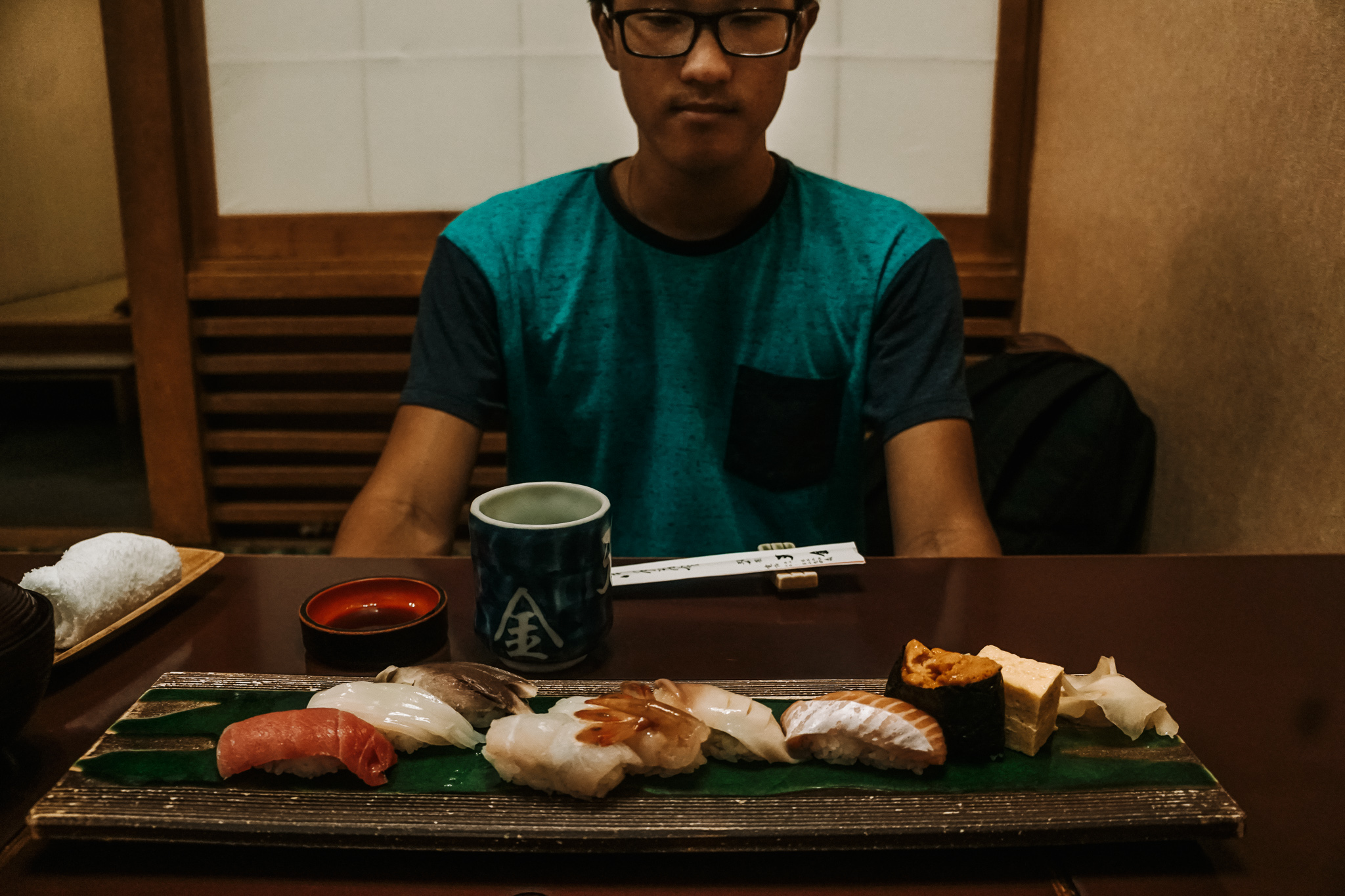
The seafood here is caught locally, and always extremely fresh. You can find the best seafood at Nijo Market. It’s a large indoor and outdoor market selling all types of goods, but most famously, seafood.
Nijo Market is where you’ll find small street side tables to enjoy fresh uni (sea urchin) as well as stuffed crab, sashimi, or the popular local dish, uni ikura donburi (raw seafood over rice).
Come several times throughout your stay in Saporro, as this is definitely one of the best places you’ll encounter as a seafood lover in Japan.
Sapporo Brewery & Beer Garden
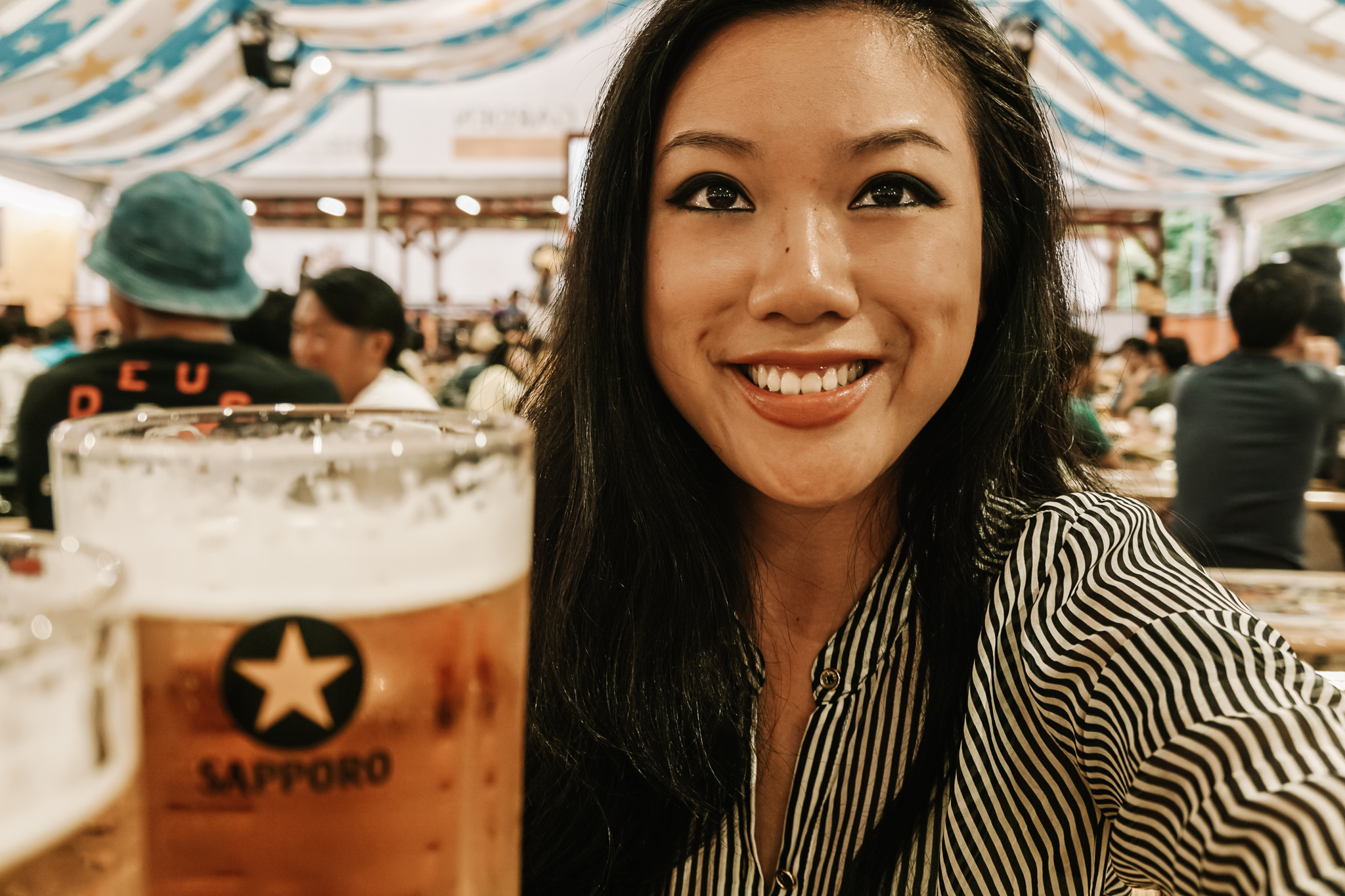
During the summer in Hokkaido, a number of beer gardens will pop up in the larger cities. One of the best ones is in Sapporo, appropriately named the Sapporo Beer Garden.
The Saporro Beer Garden is like Japan’s version of an Oktoberfest style beer garden. Here, you can order some yakiniku (barbecue) and local snacks, and of course drink some Sapporo beers on tap.
Sapporo Brewery
The beer garden is located right in front of the real Saporro Brewery.
For those who love Japanese beer, the Sapporo Brewery is a fun and educational way to see firsthand how this world famous beer is brewed.
A visit here offers a look into the history of Japanese beer, a tour of the brewing facilities, and of course beer tasting at the end of the tour.
For more information on the Sapporo Brewery Tours, click here.
4. Otaru
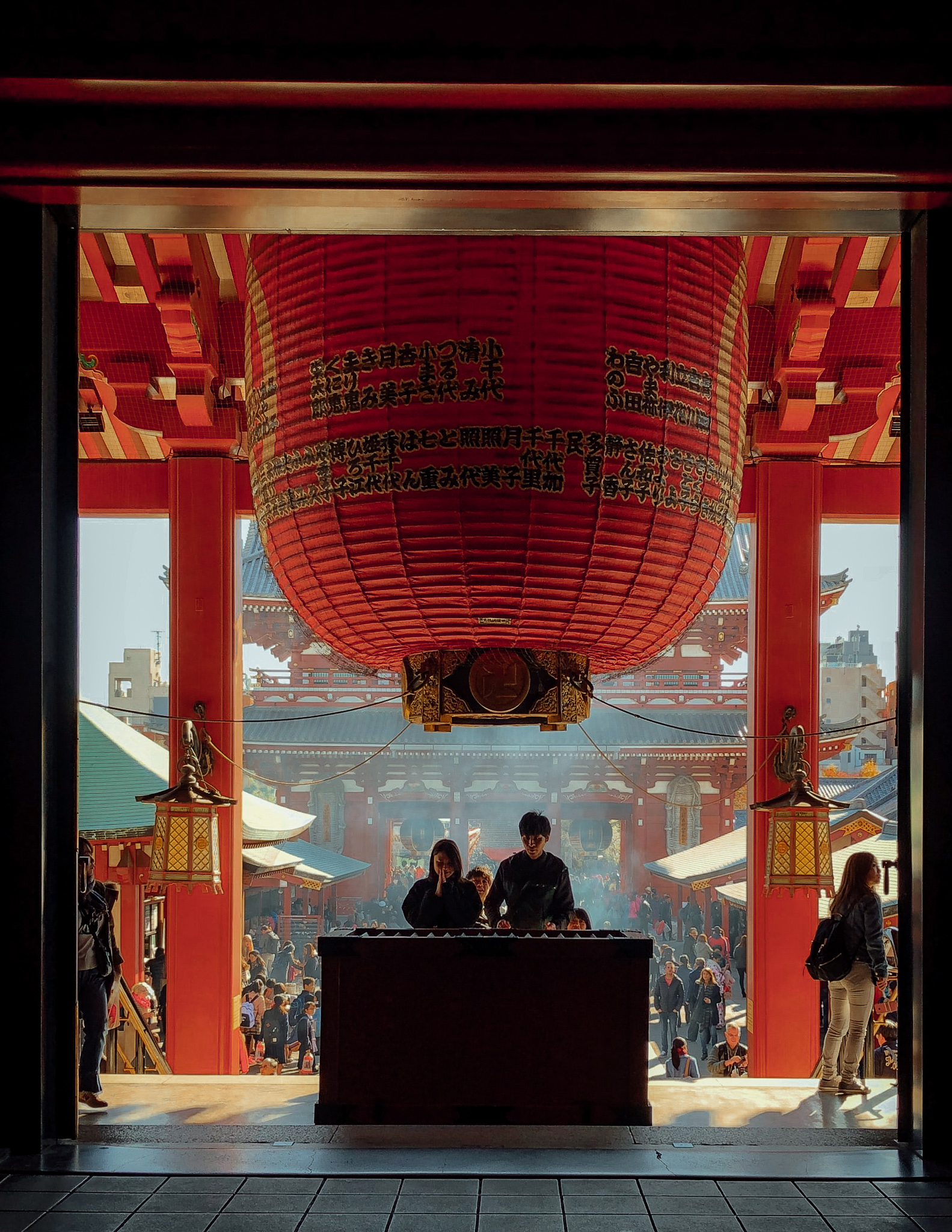
Otaru is a beautiful harbor town, that is famous for its local glass art.
Historically, Otaru once was a thriving fishing and trading port. Its peak was during the 19th century, when Hokkaido had just become colonized and incorporated into the Japanese Empire.
Today, most visitors come to Otaru to enjoy the beautiful canals of the city, line with historic fishing buildings. Most of the town seems to retains a lot of its traditional appearance.
The whole town is connected by a network of small canals., and you can go for a boat tour while here to explore the town by sea.
Otaru is also only 30 minutes from Sapporo, making it a good candidate as a day trip. However, I think it’s worth the overnight stay just to have more time here and to see the town light up at night.
5. Daisetsuzan National Park
Daisetsuzan is the largest national park in Hokkaido, and truly unlike any other.
This park is most notable for its raw, unspoiled nature and very active volcanic areas.
Here, you can enjoy the spectacular natural scenery of an area which remains truly rugged and wild. This means you also have the chance to spot a wide range of wildlife, from deer to black bears.
Mount Asahidake
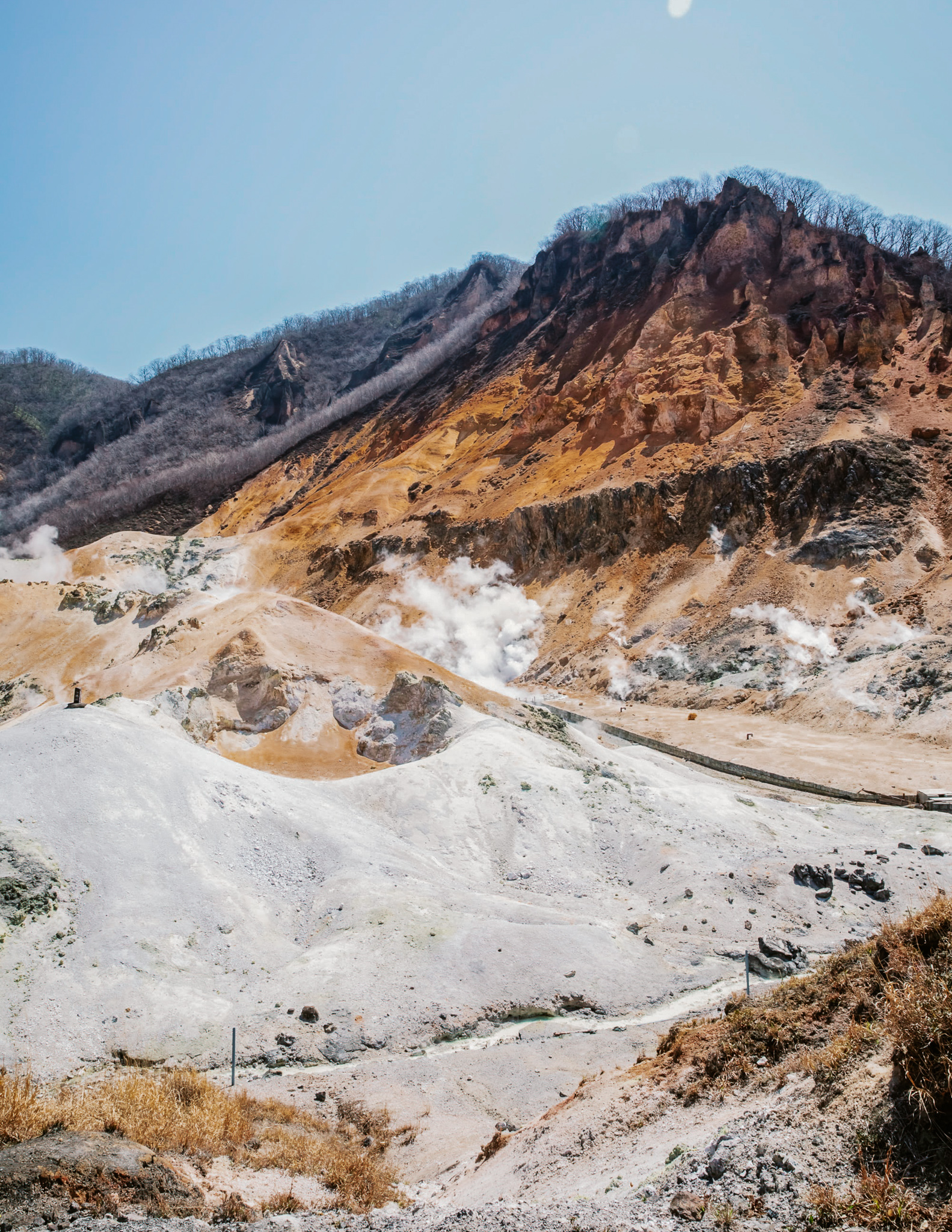
If you are coming to Hokkaido in summer, you can’t miss a chance to hike up Mount Asahidake. Asahidake is not actually a mountain, but a very active volcano.
Any doubts you may have about how active this volcano is will be put you rest once you see all the heated vents spewing sulfurous gases alongside its flanks.
The peak of Mt Asahidake towers above Daisetuzan Park at 2290 meters in elevation.
This hike’s starting point will take you through the forest, then through hilly areas covered in alpine flowers. As you approach the base of the volcano, you’ll leave the tree line behind and have a steep 2 hour ascent all the way up.
Here the landscape transforms into a martian world where you’ll pass by sulfuric ponds and vents all the way up to the summit. The entire volcano is covered in loose gravel which can be very frustrating at time, but worth the effort.
On a clear day, the view from the top is breathtaking, allowing a full 360 degree view of the national and lakes below.
Asahidake Onsen
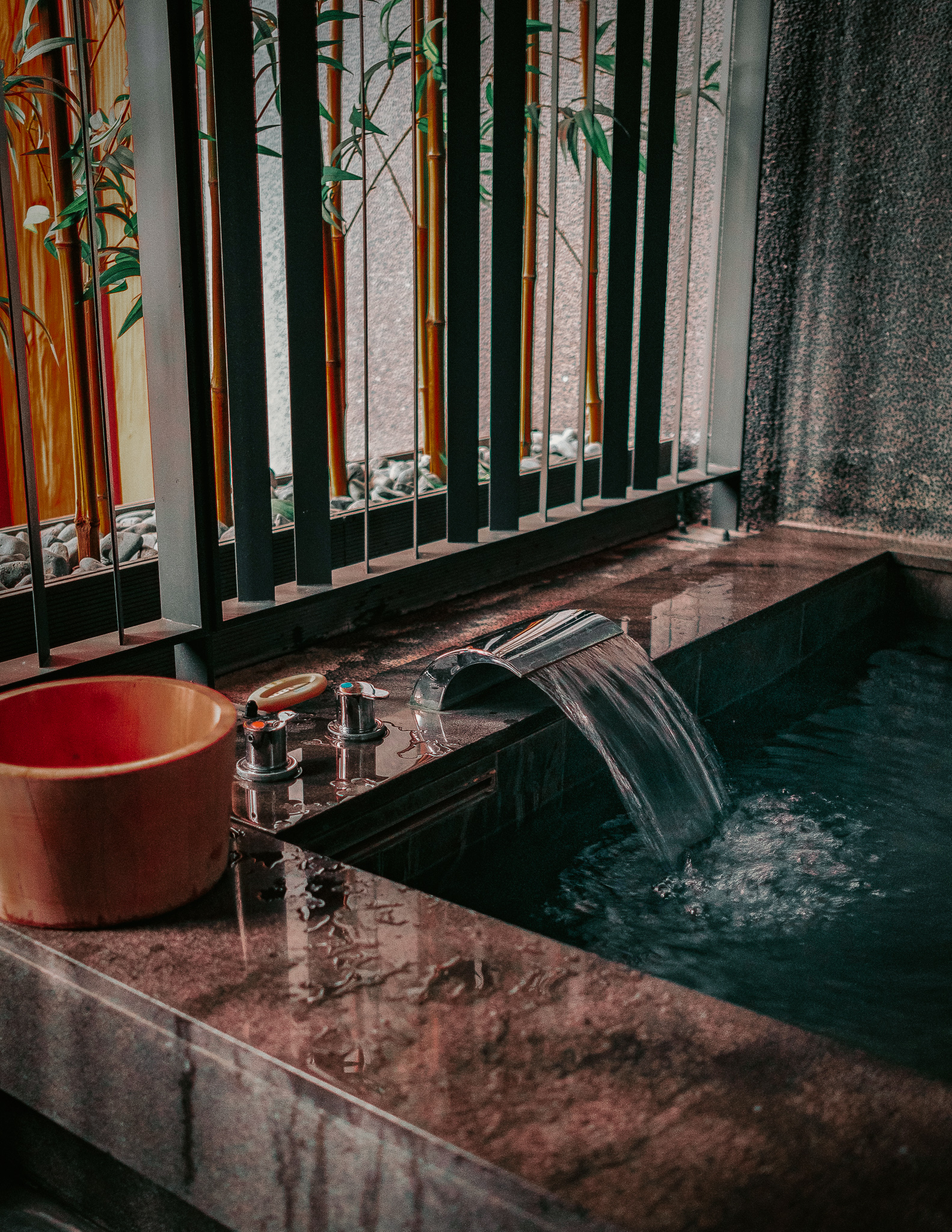
As a volcanically active area, Asahidake is full of naturally occurring hot springs. Hot spring baths or onsen, as they are called in Japan, are an integral part of Japanese culture.
Locals believe that onsen baths have healing properties, and serve to better ones physical and mental health. Whether you believe this or not, its still an amazing way to relax and sooth sore muscles after a day outdoors.
The best place to stay to enjoy onsen is in Asahikdake Onsen Resort. Most hotels here have their own onsite onsen baths for guests, which are perfect after a long day.
An overnight stay in an onsen hotel also includes a fully traditional Japanese dinner of locally produced meats, vegetables and desserts.
6. Lake Toya
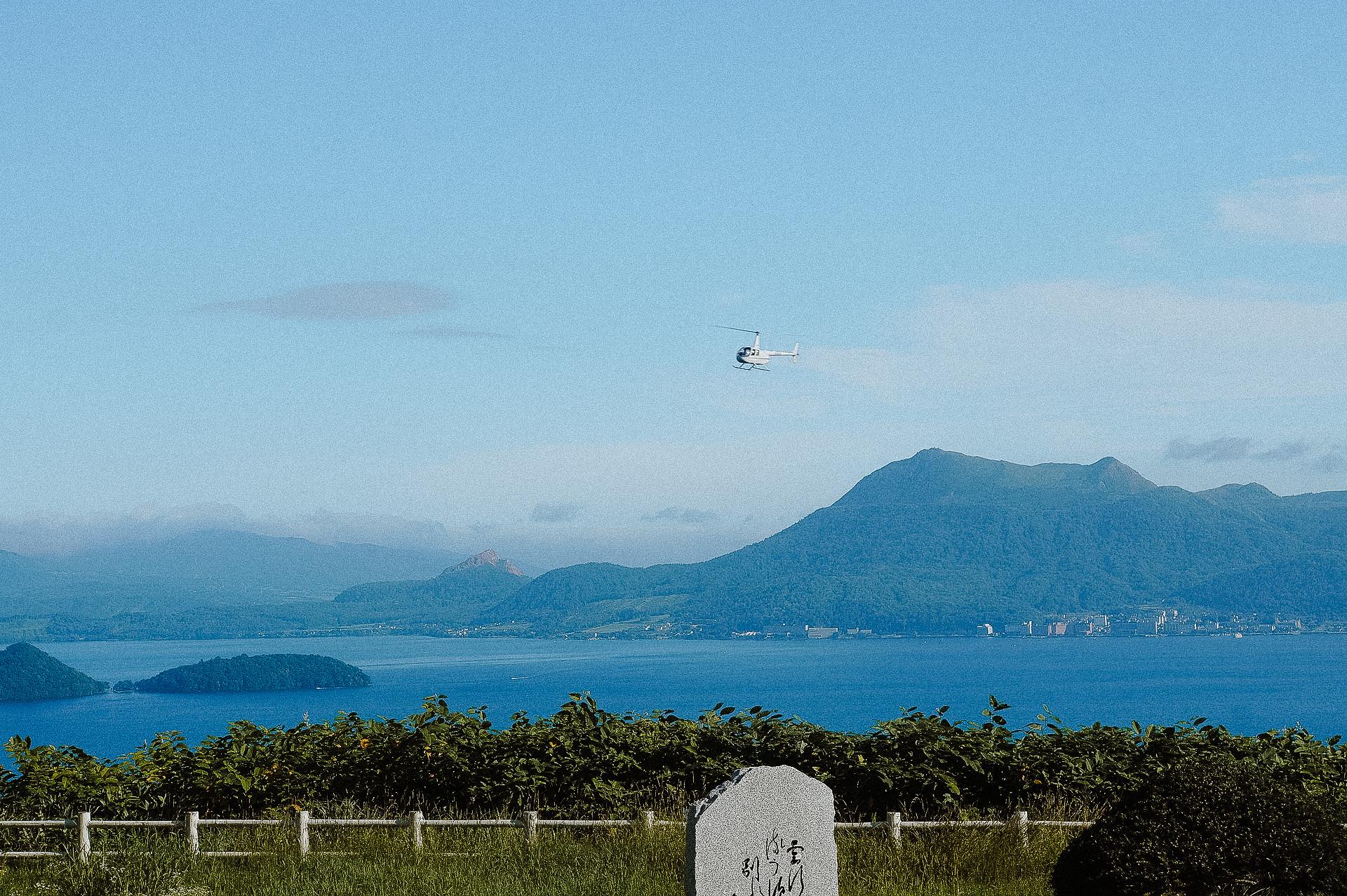
Toya is a volcanic crater lake that formed during a volcanic eruption over 100,000 years ago. Today, this beautiful lake is the main landmark feature of Shikotsu-Toya National Park.
Due to its volcanic origins, you’ll find many hot spring bathes located along the lake’s edge in the city of Toyako. Some smaller onsens and footbaths are even free!
The Lake Toya area offers many opportunities for outdoor activities. The lake and surroundings are ideal for hiking, kayaking, and fishing.
The lake is incredibly clear and clean. If the sun is strong enough, you can even go for a swim if you’d like!
You can enjoy your time here by simply walking along the edge of the lake as well, which offers amazing views of the lake and mountains.
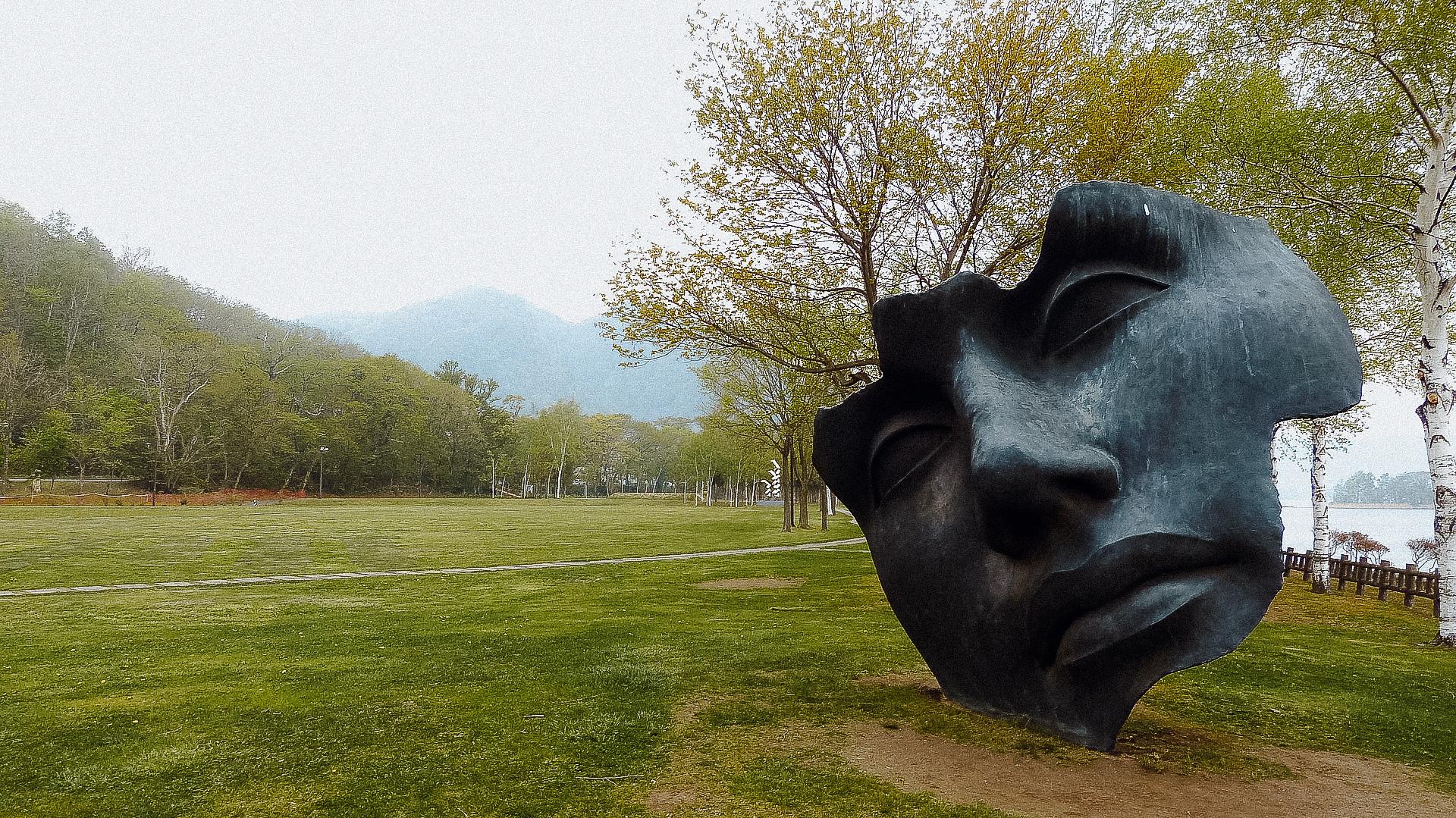
From Toya Lake, can also marvel at Mount Usu, the active volcano found close by, or even Mount Yotei a bit further in the distance. You’ll also find some unique artwork on the lake’s shores, by walking through some of the sculptural parks.
7. Shiretoko National Park
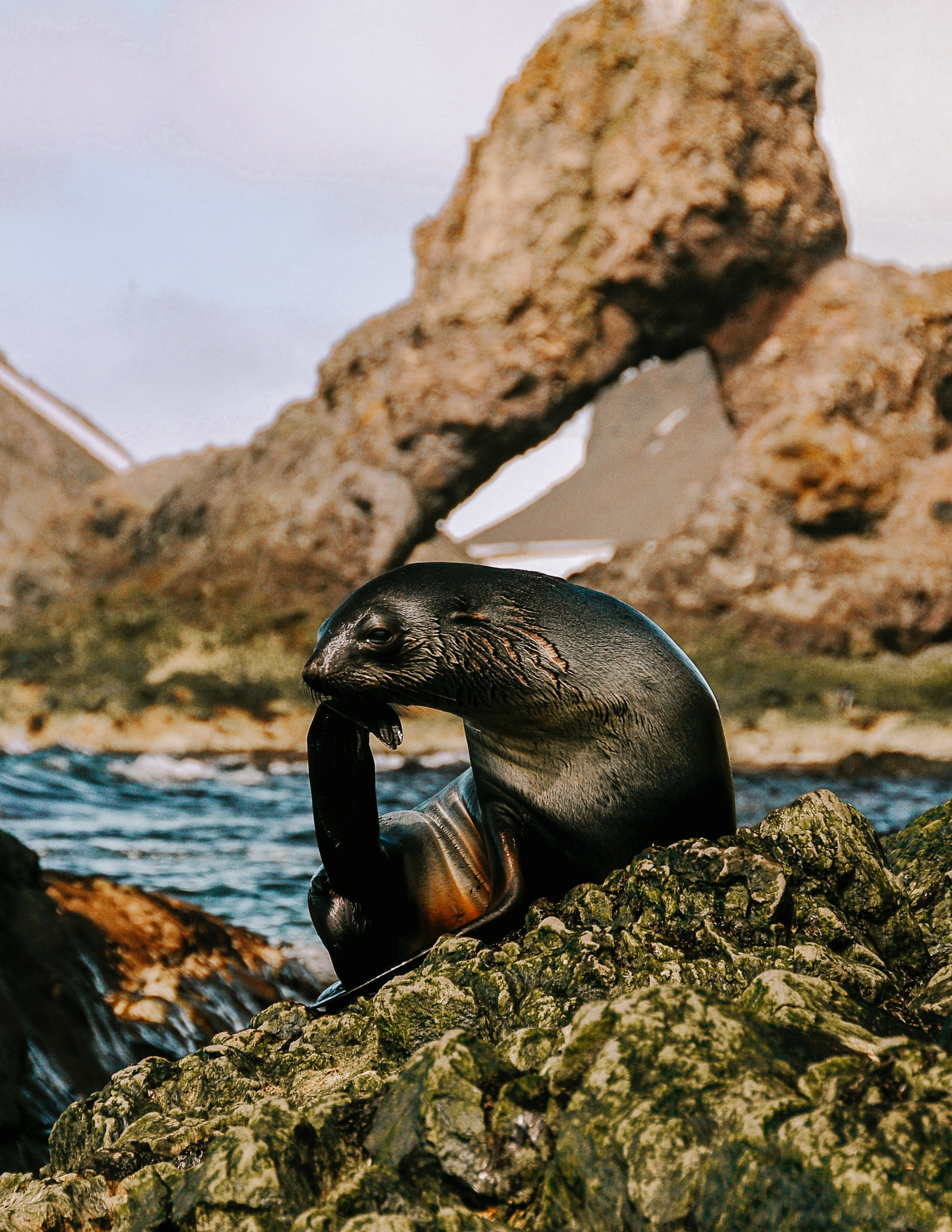
Shiretoko is located on the eastern peninsula of Hokkaido. Without any convenient train or public transport connections, it is definitely one of the most remote areas in Hokkaido.
It truly is one of the most beautiful national parks in Japan, and a visit here is worth the journey if you can make it. In fact, its natural beauty and abundant wildlife gained it a UNESCO title in 2005.
Since it’s located on a peninsula, this area is characterized by natural beauty on both land and sea. Shiretoko is home to an extremely dense population of diverse wildlife, which if you are lucky, you just may spot.
Interestingly, this park is home to perhaps the largest number of bears in Japan. The indigenous species of Japanese brown bears are among those found here.
So of course, visitors do need to exercise caution, since bear attacks do happen in Japan.
Aside from bears, you are more likely to see a spotted sea lion, fish owls and white tailed eagles.
If you’d like to try your luck at spotting marine life, head to the coast and join a whale watching tour The type of whales you can see depend on the season, but Shiretoko is mostly known for sperm whales, dolphins and orcas.
Other activities not to miss are driving along the coast of Cape Shiretoko, Shiretoko Lake, trekking Mount Rausu, viewing waterfalls, and of course, relaxing in more natural hot springs.
8. Goryokaku
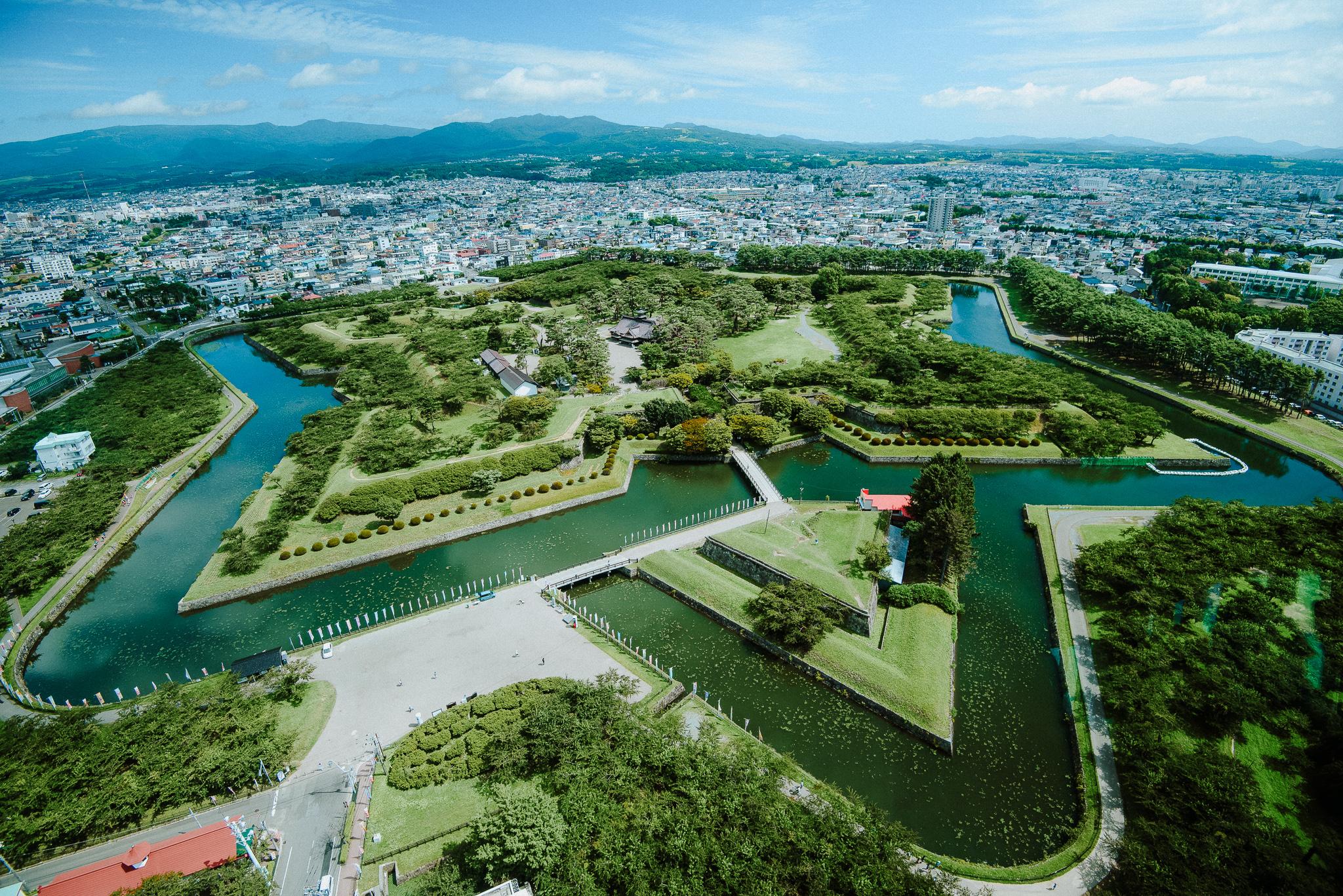
This western style fort is a kind of a spectacle in Japan since it doesn’t resemble any Japanese architectural styles.
This fort is mostly known for its unique star shape, formed by its outer walls when viewed from above. The shape of the fort can best be viewed from one of its own towers.
The fort itself is a mere 150 years old, not nearly as old as one might assume. Still, it is impressive to see and in summer the trees and plants are in full bloom, offering beautiful scenery.
You can find Goryokaku in Hakodate.
9. Mount Yotei
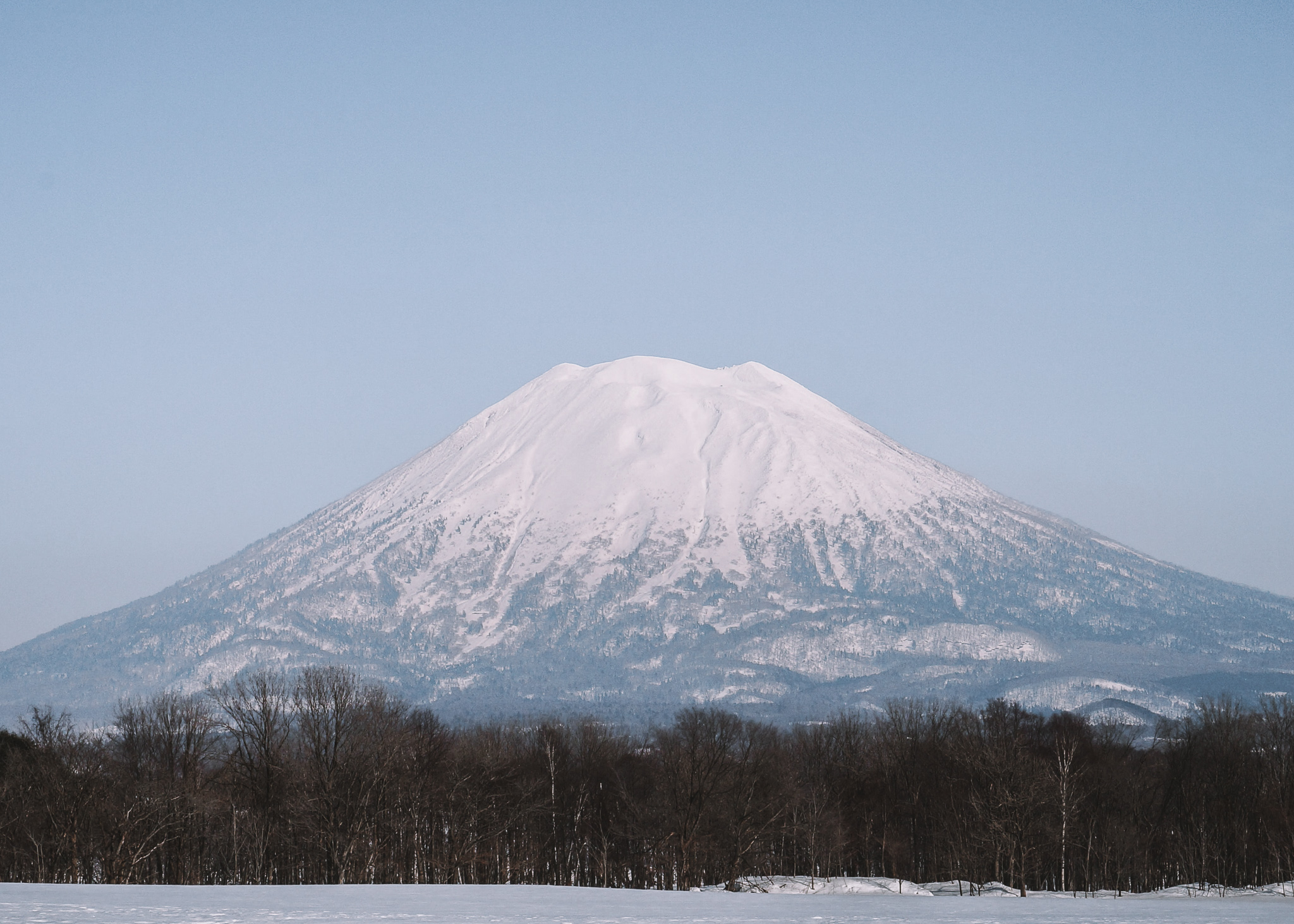
There are many active volcanoes in Hokkaido, but Mount Yotei is often regarded as the most beautiful.
This volcano is sometimes even compared to Mount Fuji on the main island of Japan, likely due to the similarity in shape and the signature snowy cap.
The entire base of this particular volcano spans across 5 villages, one of which is Niseko, the most famous ski resort in Hokkaido. In winter, this area is completely full of skiers and snow-sports enthusiasts.
In summer, you’ll have full access to the many great outdoor activities to do here. Some activities to enjoy here are canoeing, rafting, trekking, fishing, golfing, and horseback riding.
Near Mount Yotei, you can visit Takahashi Dairy Farm, which produces their own dairy products. They specialize in sweets and of course, more regional flavors of soft serve ice cream.
Getting Around
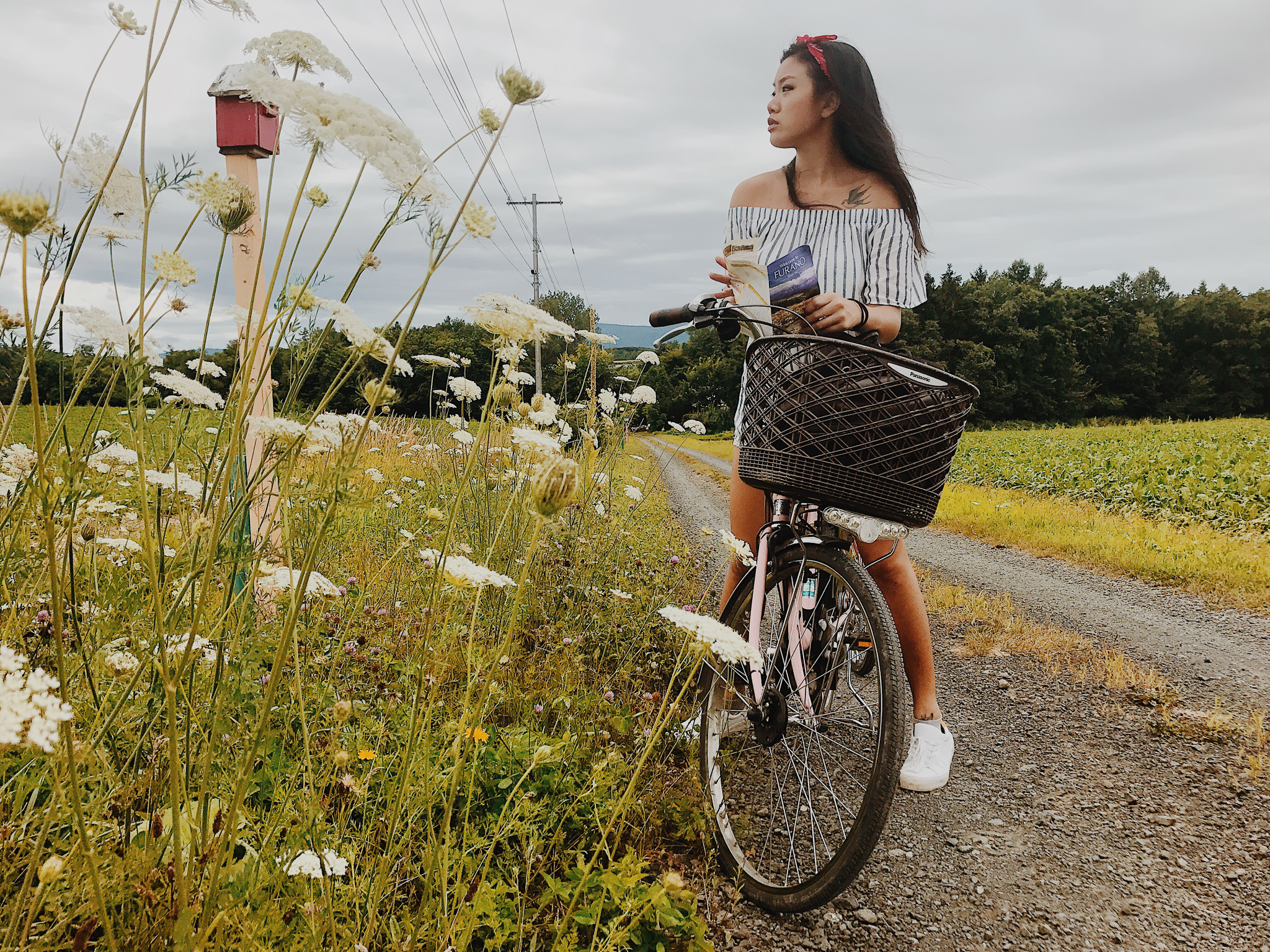
Hokkaido By Train
Like the rest of Japan, Hokkaido is connected by a modern and efficient public transportation system.
The subway trains here are just as modern and convenient as the ones on Honshu Island. For getting to most cities or points of interest, it’s very convenient to take the train.
You can take the JR line trains from Sapporo to Biei, Furano and Asahikawa city. For other points of interest like Daisetsuzan National Park, you can take the bus.
For those who will visit Japan with a JR Pass, you’ll be glad to know you can use the JR Pass in Hokkaido on all shinkansen journeys as you would in the rest of Japan.
A one week JR pass now costs 29,650 JPY (about $270 USD), and using it on a week long trip in Hokkaido will likely save you quite a bit of money.
For more information on the JR pass, click here.
Hokkaido By Car
Some destinations in Hokkaido cannot be reached by train. For places like Shiretoko National Park and Lake Toya, you’ll need either need to rent a car or join a guided tour.
If you do choose to rent a car, you’ll have the advantage of complete flexibility and control over your itinerary. Most travelers in Japan don’t rent cars, but in Hokkaido I would say it’s a wise choice.
As long as you are comfortable driving on the left-hand side of the road (like in the UK), driving in Japan is a breeze. The roads are well maintained and the signs are easy to read (there are subtitles in “English”).
If you will rent a car, you should do that once you arrive in Sapporo.
Other Tips for Hokkaido
1. Bring Cash
Japan is still a cash based country. Sure, in most larger shops or big cities, credit card is accepted.
But in Hokkaido you’ll spend time in more rural areas frequently, which means less chances they’ll take card.
You can’t ever be sure about whether or not you’ll be required to pay with cash so to be safe, keep some on hand at all times.
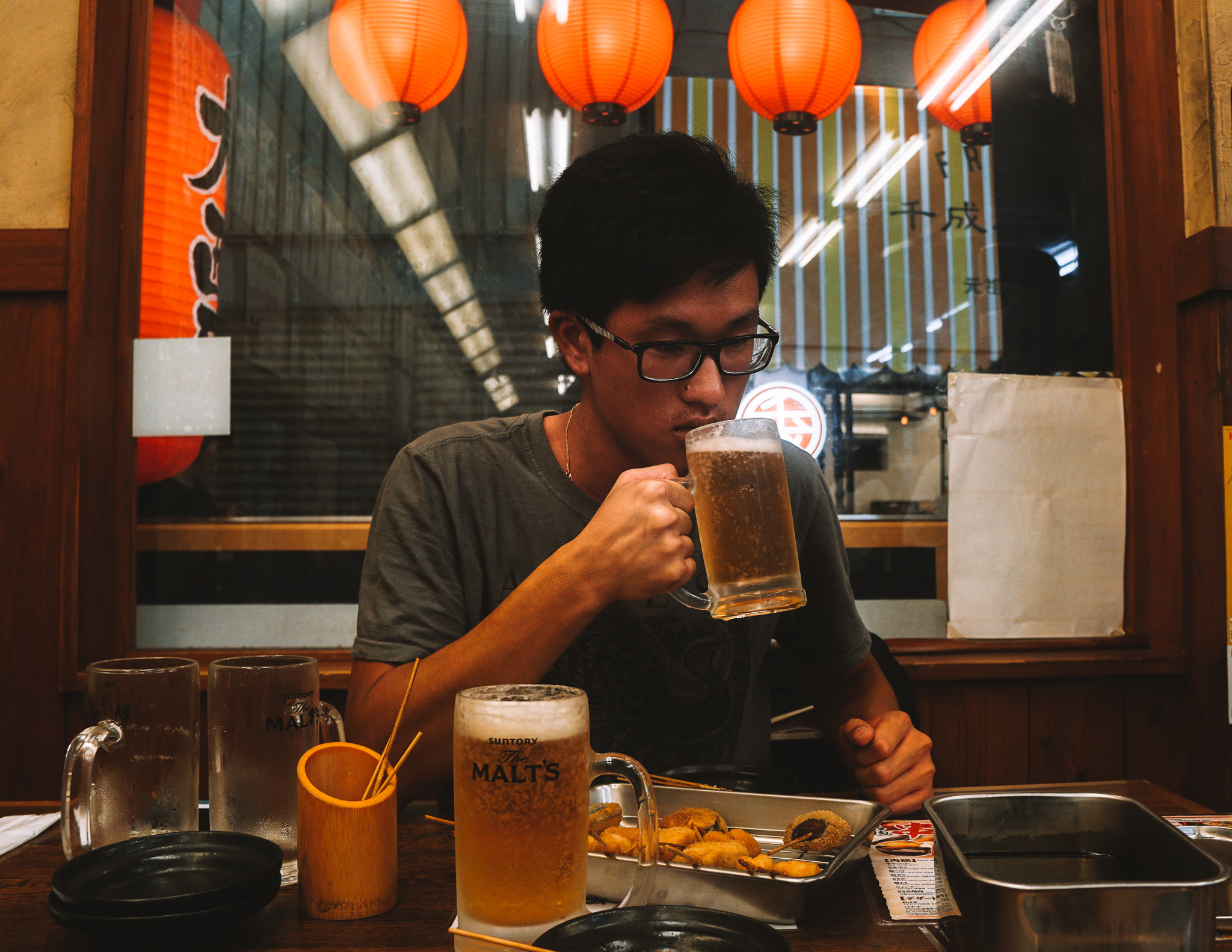
2. Bring a Bear Bell
If you plan to visit the national parks of Hokkaido in summer, do know that this is 100% bear country. In recent years, Japanese residents of Hokkaido have reported seeing a huge upswing in bear sightings and sadly, attacks are on the rise too.
Hokkaido is home to both Japanese black bears and brown bears, the first one being the one you really need to be wary of.
While an aggressive encounter with a bear is still a rare occurrence, they can happen. There are some pretty tragic stories of grizzly (no pun intended) bear attacks in Hokkaido, some of which are really horrific.
If you plan to hike or spend time in the wilderness, have a bear bell for at least one person in your group. Also, it pays to check in with the rangers before entering the park and checking about recent bear sightings or any warnings overall.
3. Pack for Cold Weather
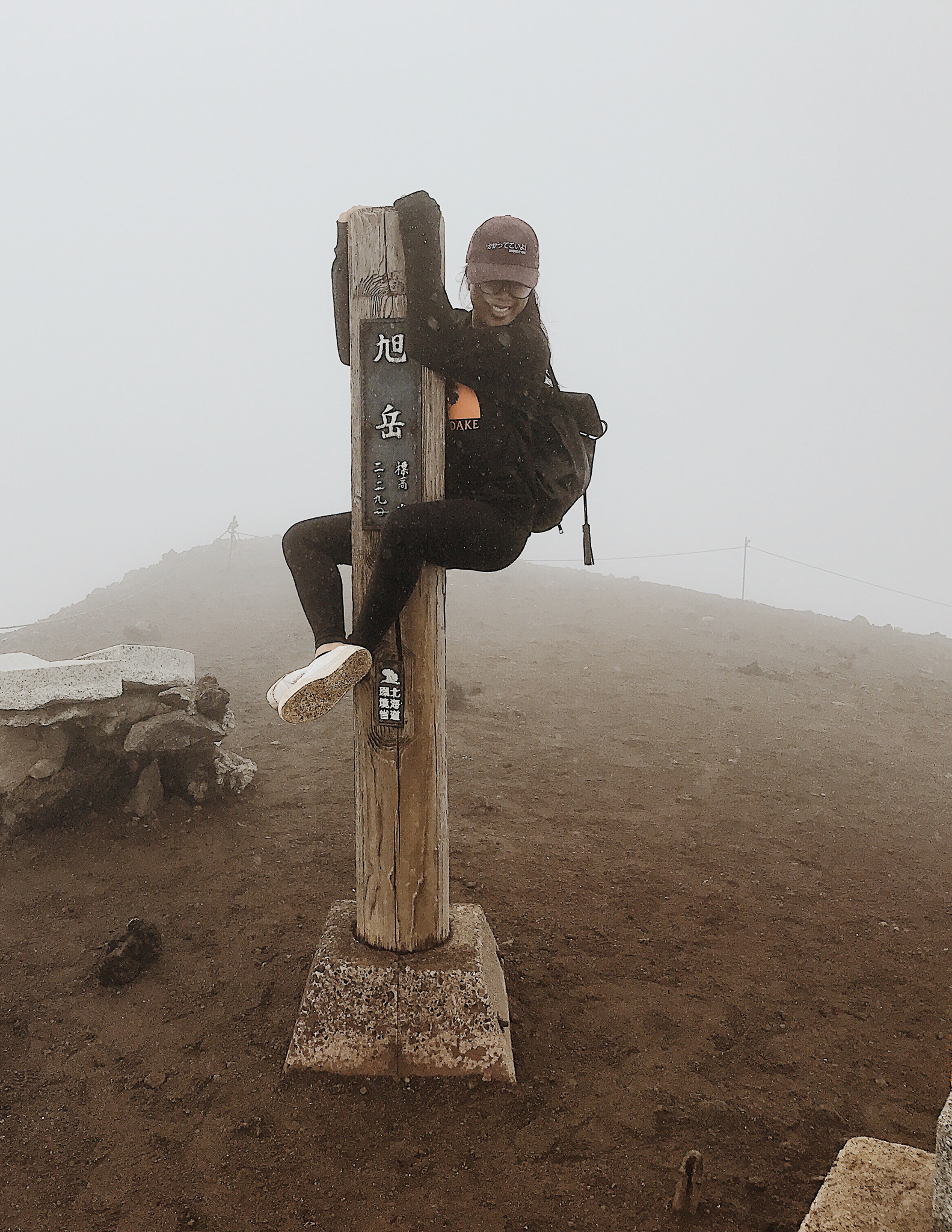
Hokkaido in summer is an ideal destination for Japanese people looking to escape the stifling humidity present in the rest of Japan during summer.
Due to its northerly location, Hokkaido remains pretty comfortable in temperature throughout the summer months. But this also means it does get pretty cold sometimes, even during the day in summer.
This becomes amplified on days with rain or overcast skies. I’d recommend packing at least one solid cold weather outfit for your trip to Hokkaido. And on most days, always pack at least a light jacket in your day bag.
I’d also recommend bringing a waterproof jacket, as I did experience quite a bit of rain even in August.
Things to Eat in Hokkaido
Snow Crab
If you are visiting in the beginning of summer, you may just catch the very end of the snow crab season in Hokkaido.
This is a delicacy, and the ones in Hokkaido are fresh, tender and just overall heavenly. You can try it at the Nijo Market in Sapporo. Look for the stuffed crab shells!
Cantaloupe
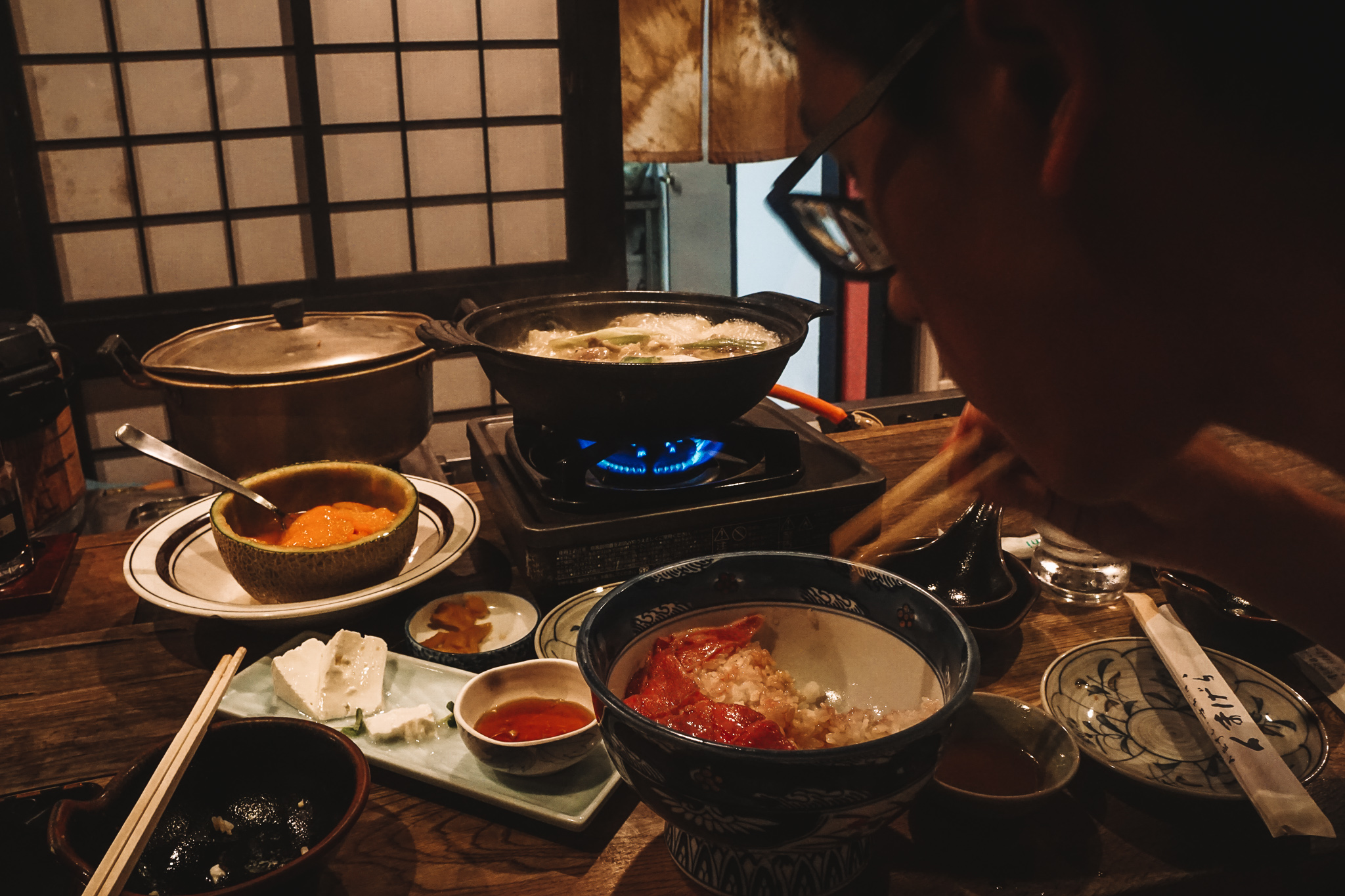
Around the Biei and Furano area, is where you’ll find many of Japan’s cantaloupe and melon farms. Fruit in Japan is notoriously expensive, but here at the source, you can try fresh melon and melon products for a fair price.
By melon products, I mean melon ice cream, melon sake and melon cakes, among other treats.
The melons in Japan have a distinctly sweeter and juicier taste than usual. I don’t know how they do it, but give them a try and you’ll see what I mean.
Jingisukan (Genghis Khan) Yakiniku
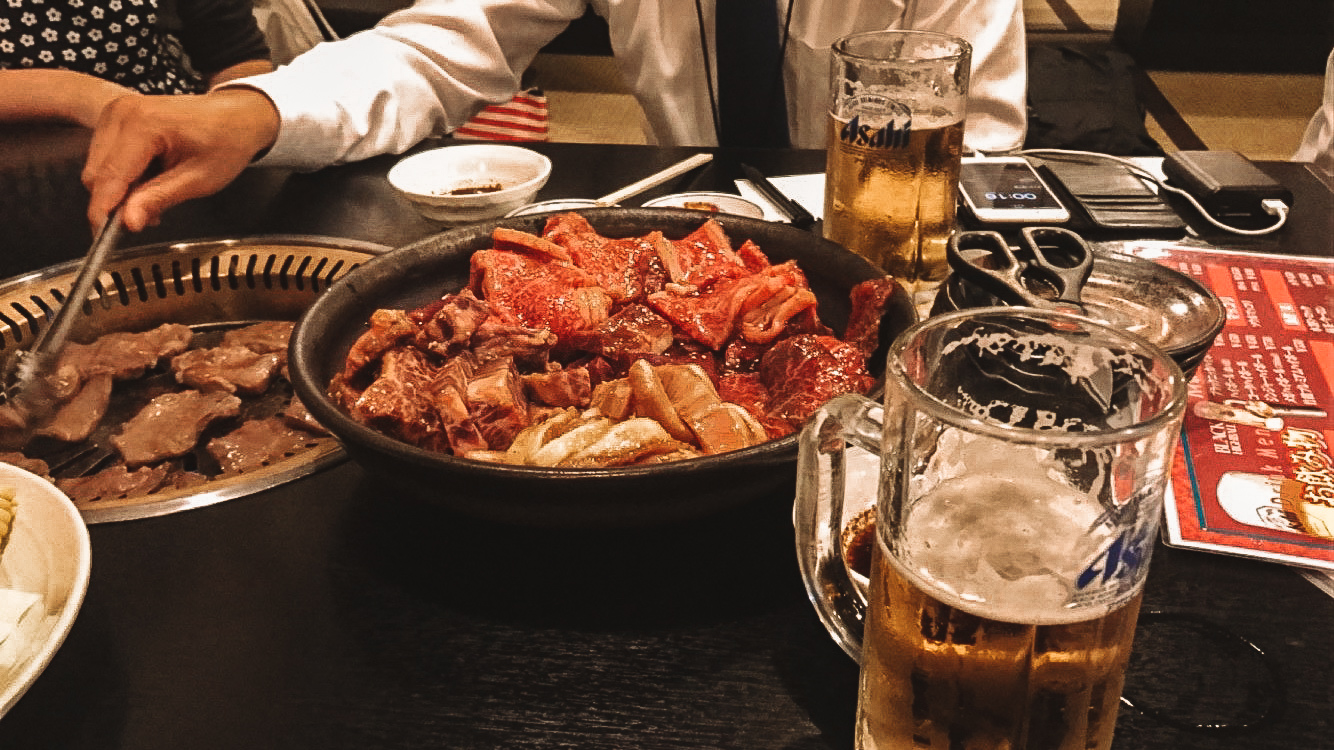
This is an awesome dish to share while knocking back Sapporo beers. The name is an ode to Genghis Khan, since the dish itself is a spin-off of Mongolian barbecue.
It’s unclear how this dish was introduced to Japan, but it likely originated from period in history when the Mongols invaded the country.
It’s served in a yakiniku style, with the meats brought to your table raw, and for you to DIY and cook it yourself. The meats on offer are usually comprised of grilled mutton, lamb, and lots of vegetables.
Hokkaido Ice Cream
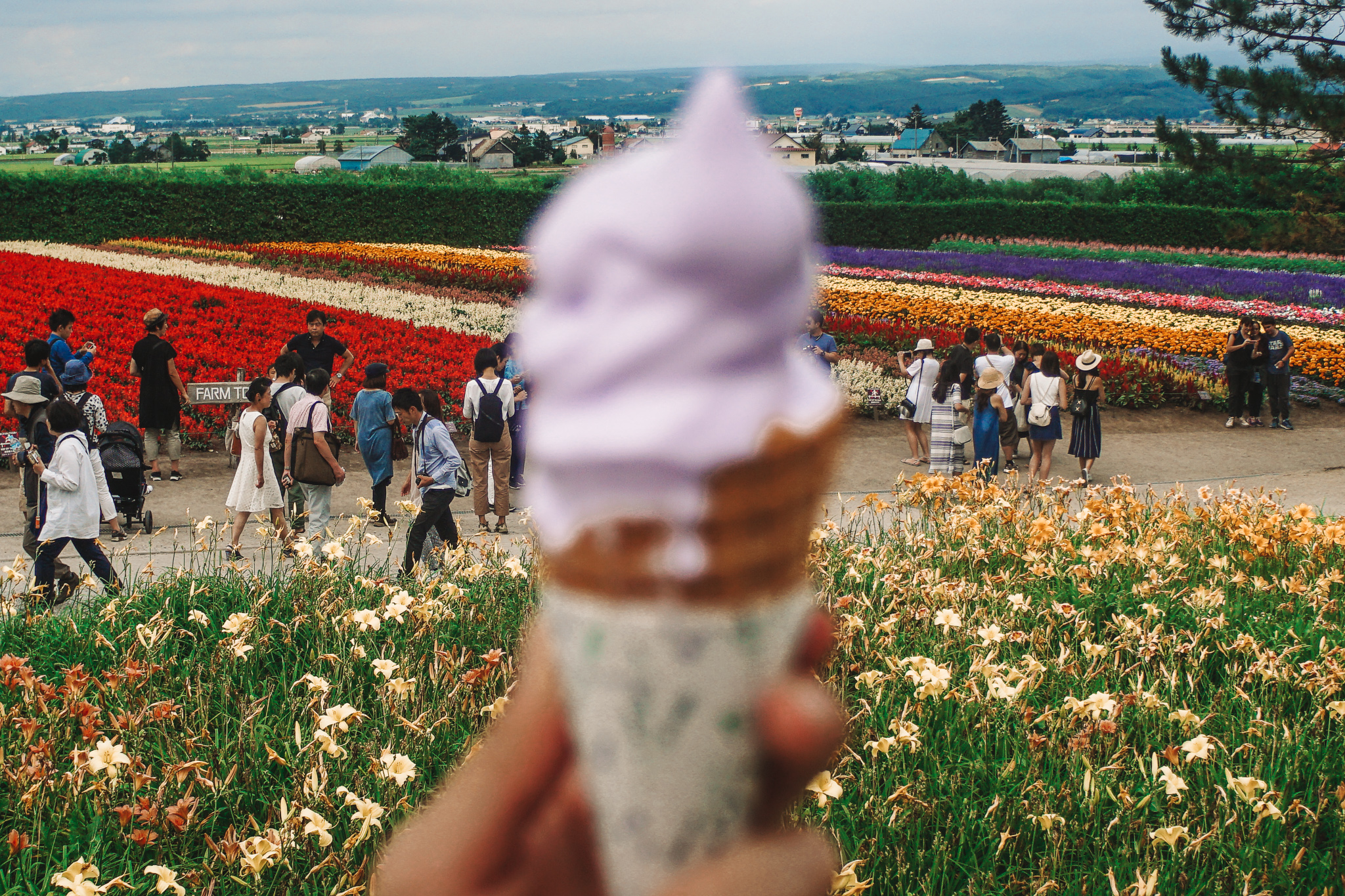
Hokkaido’s most famous export may be it’s dairy products. So it goes without saying that a trip to Hokkaido should absolutely include knocking yourself out with as many soft serve ice creams as possible.
The secret to Hokkaido ice cream, is that they add a little bit of butter to it.
A little goes a long way, because the result is a flavor that is rich, but never too heavy. On top of Hokkaido ice cream, be sure to try other Hokkaido dairy based sweets, including cheese tarts, and even some Hokkaido cheese!
Kaisen Don
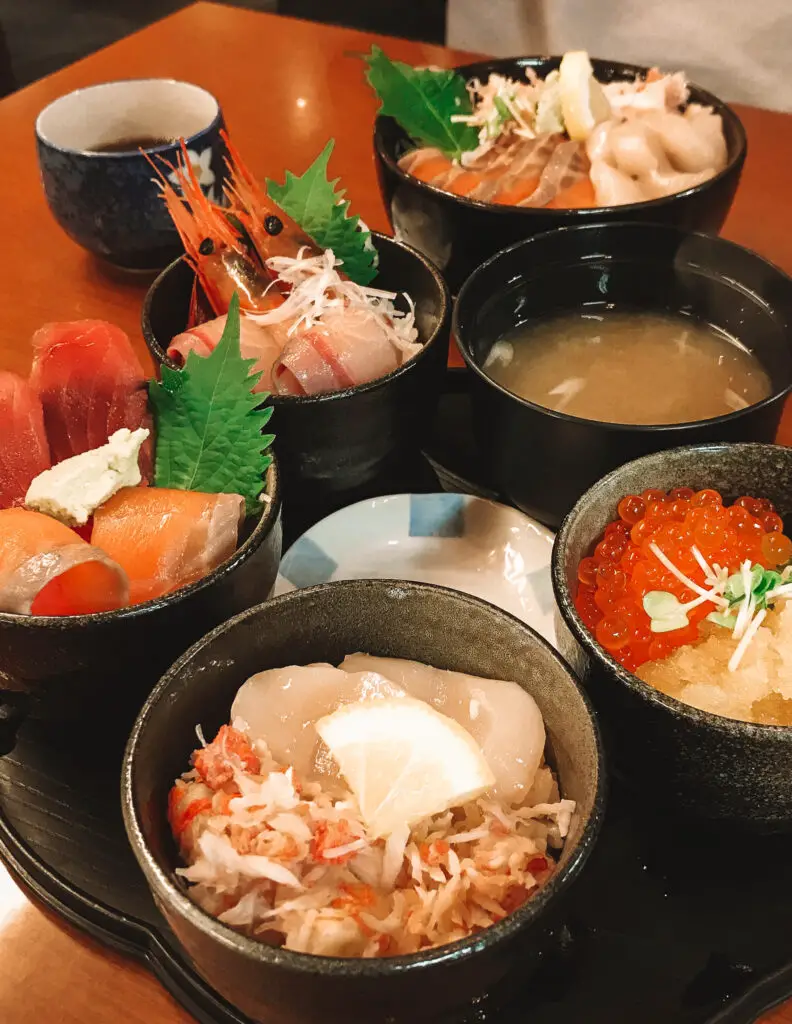
The “don” is short for donburi, which means a meal of something over rice. In the case of kaisen don, it’s usually a heavenly medley of scallops, ikura (raw fish eggs), uni (sea urchin), snow crab, and raw salmon over rice.
Each place may have their own take on this iconic local dish, but the theme that persists is the freshness of the seafood.
For some amazing kiasen don, head to Nijo Market in Sapporo, where you’ll have plenty of options to try this dish.
Hokkaido Ramen

While ramen can be found all over Japan, each region has it’s own speciality, and Hokkaido is no exception.
The capital of Sapporo is famously the origin of miso ramen. This type of ramen features a rich pork and umami-miso based broth. The noodles are usually of the thicker type, and it’s traditional to add a bit of butter.
This ramen is unique in flavor, as it’s more rich and hearty than other ramens. This is likely due to the fact that Hokkaido is a very cold place most of the year. This ramen’s recipe was specifically formulated to warm one up on a cold day.
FAQ for Hokkaido in Summer
Is Hokkaido worth visiting in summer?
Summer is the absolute BEST time to visit Hokkaido. While it is a popular winter destination for skiing and some winter experiences, only in summer can you enjoy most of the outdoor and hiking activities Hokkaido is famous for.
Is it hot in Hokkaido in summer?
No, it never really gets hot in Hokkaido, even in summer. I’d say you can expect average daytime temperatures of 22 degrees Celsius (72 degrees fahranheit) in the cities.
Which is the best month to visit Hokkaido?
To experience summer in Hokkaido, late July is the absolute best time to visit. This gives you the best of great weather, flowers in peak bloom, and best times to go hiking and visit national parks.
And that wraps up this guide on planning a trip to Hokkaido in summer. have you been to Hokkaido? Let me know about your experience below!
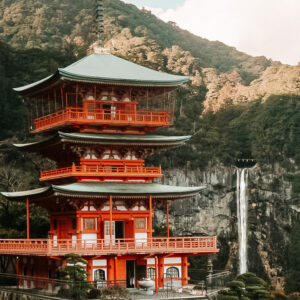 How to Hike Kumano Kodo: Japan’s Ancient Pilgrimage Trail
How to Hike Kumano Kodo: Japan’s Ancient Pilgrimage Trail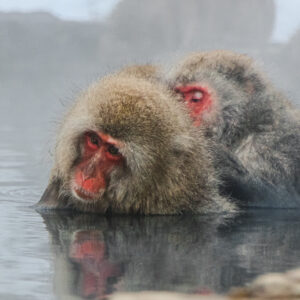 A Guide on Visiting Snow Monkeys in Japan
A Guide on Visiting Snow Monkeys in Japan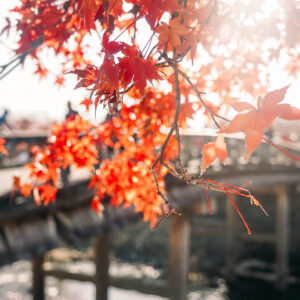 The Best Places in Kansai Japan in Autumn
The Best Places in Kansai Japan in Autumn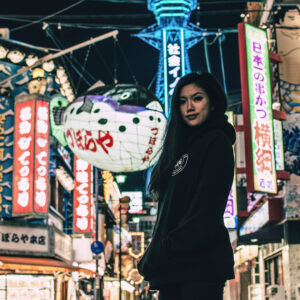 Best Things to Do in Osaka in 2023: Tips from a Local
Best Things to Do in Osaka in 2023: Tips from a Local

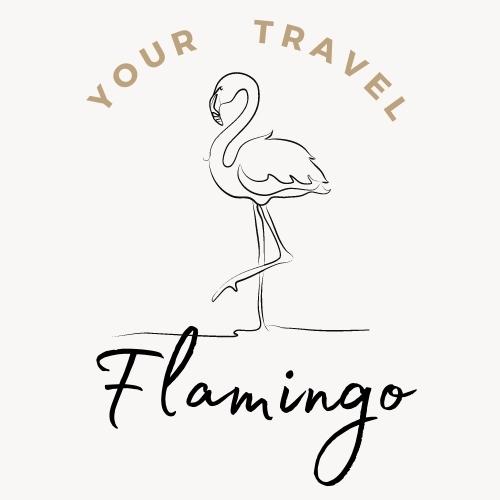
Aww this is heaven! I can’t believe that living 2 years in Japan, I’ve still never been to Hokkaido! I always thought my dream will be to go there during winter to see the Yuki Matsuri, but now, I need to add a summer visit to my list *w* thank you for sharing all those amazing infos!
I can’t wait to visit Japan. This is a great guide. Thanks
Hokkaido looks like such a beautiful place! I love the stunning flower fields! They look so colourful and vibrant! A great spot for photos! And on the topic – your photos are stunning! Thanks for the wonderful guide, I hope I get an opportunity to visit one day!
I have never heard of Hokkaido before but it looks like a stunning place to visit in the summer time. I would love to go there and take some photos!
Loooove this post! I have only ever visited Hokkaido in winter so it is fabulous to see how beautiful it is in the summer with all those flowers. It sounds like heaven for hiking (as long as you bring a good rain coat!)
I could do with kaisendon (I still dream of the fresh crab and seafood in Otaru) and Hokkaido ramen is just sooo good.
Центр ментального здоровья — это пространство, где любой может найти поддержку и квалифицированную консультацию.
Специалисты помогают разными запросами, включая стресс, усталость и психологический дискомфорт.
http://texascustomsign.com/__media__/js/netsoltrademark.php?d=empathycenter.ru%2Fpreparations%2Fa%2Fataraks%2F
В центре применяются эффективные методы терапии, направленные на восстановление внутренней гармонии.
Здесь создана комфортная атмосфера для открытого общения. Цель центра — помочь каждого клиента на пути к психологическому здоровью.
Our platform offers a large assortment of home wall clocks for all styles.
You can explore contemporary and timeless styles to match your interior.
Each piece is chosen for its visual appeal and accuracy.
Whether you’re decorating a functional kitchen, there’s always a beautiful clock waiting for you.
best antique look french wall clocks
The shop is regularly updated with fresh designs.
We ensure secure delivery, so your order is always in trusted service.
Start your journey to timeless elegance with just a few clicks.
I’m really inspired together with your writing talents as neatly as with the layout for your weblog.
Is this a paid subject matter or did you modify it yourself?
Anyway stay up the nice high quality writing, it is uncommon to peer a nice
blog like this one nowadays. Madgicx!
On this platform, you can access a wide selection of online slots from leading developers.
Users can experience classic slots as well as modern video slots with stunning graphics and exciting features.
Whether you’re a beginner or a seasoned gamer, there’s a game that fits your style.
play casino
All slot machines are instantly accessible anytime and designed for PCs and tablets alike.
You don’t need to install anything, so you can get started without hassle.
Site navigation is intuitive, making it quick to find your favorite slot.
Join the fun, and enjoy the world of online slots!
I’m really impressed with your writing abilities and also with the structure on your blog.
Is this a paid subject or did you customize it yourself?
Either way keep up the nice quality writing,
it’s rare to peer a nice blog like this one nowadays.
Stan Store alternatives!
Did you know that over 60% of patients commit preventable pharmaceutical mishaps stemming from lack of knowledge?
Your physical condition requires constant attention. All treatment options you consider significantly affects your quality of life. Staying educated about medical treatments is absolutely essential for disease prevention.
Your health isn’t just about swallowing medications. All pharmaceutical products affects your body’s chemistry in specific ways.
Remember these critical facts:
1. Taking incompatible prescriptions can cause dangerous side effects
2. Even common allergy medicines have serious risks
3. Self-adjusting treatment causes complications
To avoid risks, always:
✓ Research combinations using official tools
✓ Read instructions thoroughly prior to using any medication
✓ Consult your doctor about proper usage
___________________________________
For professional medication guidance, visit:
https://members4.boardhost.com/businessbooks/msg/1739462490.html
Our e-pharmacy features an extensive variety of pharmaceuticals at affordable prices.
You can find both prescription and over-the-counter drugs for all health requirements.
We work hard to offer high-quality products while saving you money.
Speedy and secure shipping ensures that your medication is delivered promptly.
Enjoy the ease of getting your meds with us.
vibramycin 100 mg para que sirve
Way cool! Some extremely valid points! I appreciate you writing this post and the rest of the site is also really good.
This page showcases disc player alarm devices crafted by top providers.
Visit to explore premium CD devices with FM/AM reception and twin alarm functions.
Each clock come with aux-in ports, charging capability, and power outage protection.
Our range ranges from budget-friendly options to premium refurbished units.
radio alarm clock with cd player
Every model include sleep timers, sleep timers, and digital displays.
Buy now via direct Amazon with free delivery.
Choose your ideal music and alarm combination for bedroom convenience.
This service features buggy hire across the island.
Anyone can conveniently arrange a vehicle for travel.
When you’re looking to see natural spots, a buggy is the perfect way to do it.
https://telegra.ph/Discover-the-ultimate-off-road-adventure-with-our-exclusive-quad-and-buggy-safari-tours-on-the-enchanting-island-of-Crete-04-24
All vehicles are ready to go and offered in custom rentals.
On this platform is user-friendly and comes with affordable prices.
Start your journey and experience Crete like never before.
Il nostro servizio consente l’ingaggio di operatori per incarichi rischiosi.
Chi cerca aiuto possono ingaggiare esperti affidabili per lavori una tantum.
Ogni candidato vengono verificati secondo criteri di sicurezza.
sonsofanarchy-italia.com
Sul sito è possibile consultare disponibilità prima di assumere.
La fiducia continua a essere un nostro impegno.
Contattateci oggi stesso per affrontare ogni sfida in sicurezza!
Покупка медицинской страховки при выезде за границу — это необходимая мера для обеспечения безопасности туриста.
Страховка включает неотложную помощь в случае травмы за границей.
К тому же, полис может обеспечивать покрытие расходов на репатриацию.
страховка за границу
Ряд стран требуют предоставление документа для получения визы.
Если нет страховки госпитализация могут стать дорогими.
Приобретение документа перед выездом
?Hola cazadores de suerte
Los slot giros gratis sin depГіsito son ideales para nuevos usuarios. [url=п»їhttps://100girosgratissindepositoespana.guru/]tiradas gratis casino sin depГіsito espaГ±a[/url] Prueba suerte sin compromiso.
Conseguir 100 giros gratis sin depГіsito nunca fue tan fГЎcil. Solo completa el registro y accede a slots populares. ВЎTodo sin condiciones ocultas!
Promos de spins gratis sin depГіsito en slots nuevos – 100girosgratissindepositoespana/.
?Que tengas excelentes oportunidades !
магазин аккаунтов купить аккаунт
безопасная сделка аккаунтов гарантия при продаже аккаунтов
продать аккаунт платформа для покупки аккаунтов
маркетплейс аккаунтов услуги по продаже аккаунтов
¡Hola seguidores del casino !
Los 100€ de dinero gratis sin necesidad de depГіsito estГЎn disponibles solo por tiempo limitado. ВЎActГvalos antes de que se agoten!
Reclama cГіdigos tiradas gratis casino sin riesgos – https://100girosgratissindepositoespana.guru.
¡Que tengas magníficas botes extraordinarios!
перепродажа аккаунтов платформа для покупки аккаунтов
аккаунт для рекламы купить аккаунт
Purchase Ready-Made Accounts Account Buying Service
Account market Account Buying Platform
Account marketplace Account Selling Platform
Accounts for Sale Secure Account Sales
Accounts for Sale Guaranteed Accounts
Ready-Made Accounts for Sale Website for Buying Accounts
Account exchange Secure Account Sales
Account Selling Service Find Accounts for Sale
Guaranteed Accounts Gaming account marketplace
Guaranteed Accounts Account marketplace
Психолог онлайн анонимно. Психолог онлайн анонимно. Онлайн чат с психологом без регистрации.
Онлайн сессия от 34862 руб.
Задайте интересующие вас вопросы или запишитесь на сеанс к психологу.
Решим вместе вашу проблему.
Эмоциональное состояние: тревога, депрессия, стресс, эмоциональное выгорание.
account catalog bestaccountsstore.com
account exchange account trading service
gaming account marketplace account trading platform
find accounts for sale marketplace for ready-made accounts
website for buying accounts account catalog
account catalog purchase ready-made accounts
account catalog account trading service
profitable account sales discountaccountsmarket.com
account trading buy accounts
account sale social media account marketplace
account buying platform gaming account marketplace
buy accounts sell pre-made account
accounts marketplace accounts for sale
account marketplace https://social-accounts-marketplace.org/
online account store account sale
accounts market account trading platform
gaming account marketplace buy pre-made account
account trading platform buy account
social media account marketplace account trading platform
On this site helpful content about techniques for turning into a digital intruder.
Facts are conveyed in a transparent and lucid manner.
You will learn diverse strategies for penetrating networks.
What’s more, there are specific samples that demonstrate how to utilize these skills.
how to learn hacking
The entire content is continuously improved to align with the recent advancements in cybersecurity.
Distinct concentration is directed towards workable execution of the gained expertise.
Keep in mind that all operations should be utilized ethically and through ethical means only.
buy accounts online account store
purchase ready-made accounts account selling service
On this site is possible to discover unique promocodes for One X Bet.
These promocodes allow to receive extra benefits when participating on the site.
All existing special codes are always up-to-date to assure their relevance.
Through these bonuses it allows to significantly increase your possibilities on the online service.
http://tsaeurope.com/log/hl/?opisanie_filymov_379.html
Furthermore, comprehensive manuals on how to activate discounts are given for convenience.
Consider that certain codes may have limited validity, so examine rules before using.
guaranteed accounts ready-made accounts for sale
secure account sales account trading platform
social media account marketplace accounts market
account buying platform website for selling accounts
¡Hola estrategas de las apuestas!
Solicita tus 25 tiradas gratis solo por completar el registro. Sin documentos, sin pagos, sin complicaciones. ¡Pruébalo hoy!​
ВїAГєn no has reclamado tus giros gratis? Solo necesitas registrarte. [url=п»їhttps://25girosgratissindeposito.xyz/]tiradas gratis sin depГіsito espaГ±a[/url] Es muy fГЎcil.
¡Que tengas magníficas momentos emocionantes !
account exchange service https://accounts-offer.org/
buy accounts https://accounts-marketplace.xyz
account marketplace https://buy-best-accounts.org
account exchange service https://social-accounts-marketplaces.live
marketplace for ready-made accounts https://accounts-marketplace.live
account trading platform https://social-accounts-marketplace.xyz
¡Hola, exploradores del azar !
Hay casinos que te permiten retirar ganancias obtenidas con el bono sin depГіsito.
Casino 10 euro gratis te brinda la oportunidad de jugar sin necesidad de realizar un depГіsito. Explora una amplia gama de juegos y gana premios reales desde el primer momento. Es la forma perfecta de iniciarte en el mundo del casino en lГnea.
Unique Casino te da 10 euros sin depГіsito – http://www.youtube.com/watch?v=DvFWSMyjao4
¡Que tengas excelentes beneficios !
verified accounts for sale https://buy-accounts.space
1XBet represents a premier sports betting platform.
Featuring a wide range of matches, 1xBet serves millions around the world.
This 1XBet mobile app created intended for Android as well as iOS users.
https://g-r-s.fr/pag/grechnevaya_dieta_i_dieta_silyvestra_stallone.html
It’s possible to get the application via the platform’s page or Google’s store for Android.
For iOS users, this software can be installed through the App Store easily.
verified accounts for sale https://buy-accounts-shop.pro/
marketplace for ready-made accounts https://buy-accounts.live
accounts market https://accounts-marketplace.online
buy and sell accounts https://social-accounts-marketplace.live
On this site, access a variety of adult videos.
All the content is carefully curated to ensure the best experience to viewers.
Searching for specific genres or casually exploring, this resource has something suitable for all.
teen photo
New videos constantly refreshed, ensuring the collection current.
Access to every piece of content limited to users aged 18+, maintaining standards and safety measures.
Check back often to explore additions, as the platform adds more content frequently.
Здесь вы можете найти актуальные промокоды от Мелбет.
Используйте их зарегистрировавшись в системе чтобы получить до 100% за первое пополнение.
Также, здесь представлены промокоды для текущих акций игроков со стажем.
промокод мелбет на казино
Проверяйте регулярно в разделе промокодов, не пропустив эксклюзивные бонусы для Мелбет.
Любой код проверяется на работоспособность, поэтому вы можете быть уверены при использовании.
social media account marketplace https://accounts-marketplace-best.pro
купить аккаунт https://akkaunty-na-prodazhu.pro
маркетплейс аккаунтов https://rynok-akkauntov.top/
маркетплейс аккаунтов соцсетей kupit-akkaunt.xyz
One X Bet Bonus Code – Exclusive Bonus maximum of €130
Use the One X Bet bonus code: 1XBRO200 while signing up via the application to avail the benefits provided by One X Bet to receive $130 up to 100%, for sports betting plus a casino bonus with 150 free spins. Open the app followed by proceeding through the sign-up steps.
The One X Bet promotional code: 1XBRO200 gives a great sign-up bonus for new users — a complete hundred percent maximum of $130 during sign-up. Bonus codes act as the key to obtaining bonuses, and One X Bet’s bonus codes are no exception. After entering such a code, users have the chance of various offers at different stages within their betting activity. Even if you aren’t entitled to the starter reward, 1XBet India guarantees its devoted players receive gifts through regular bonuses. Visit the Offers page on their website often to stay updated regarding recent promotions designed for loyal customers.
1xbet promo code indonesia
Which One X Bet bonus code is presently available right now?
The bonus code for 1xBet is 1xbro200, enabling novice players joining the gambling provider to access a bonus worth $130. To access exclusive bonuses pertaining to gaming and sports betting, please input this special code related to 1XBET during the sign-up process. In order to benefit from this deal, potential customers must input the promo code 1xbet at the time of registering process to receive double their deposit amount applied to the opening contribution.
маркетплейс аккаунтов соцсетей https://akkaunt-magazin.online
продажа аккаунтов https://akkaunty-market.live/
биржа аккаунтов akkaunty-optom.live
продать аккаунт https://online-akkaunty-magazin.xyz
магазин аккаунтов https://kupit-akkaunt.online
This website, you can find a wide selection of online slots from top providers.
Users can enjoy classic slots as well as feature-packed games with high-quality visuals and interactive gameplay.
If you’re just starting out or a casino enthusiast, there’s a game that fits your style.
casino
Each title are instantly accessible round the clock and compatible with desktop computers and tablets alike.
No download is required, so you can start playing instantly.
The interface is easy to use, making it convenient to find your favorite slot.
Sign up today, and discover the thrill of casino games!
Mechanical watches remain the epitome of timeless elegance.
In a world full of electronic gadgets, they consistently hold their style.
Crafted with precision and artistry, these timepieces showcase true horological excellence.
Unlike fleeting trends, manual watches never go out of fashion.
https://ozoms.com/read-blog/3513
They symbolize heritage, tradition, and enduring quality.
Whether worn daily or saved for special occasions, they continuously remain in style.
buy account facebook ads https://buy-adsaccounts.work
buy a facebook ad account buy facebook ad account
facebook account sale buy facebook ads account
buy fb ad account buy aged facebook ads accounts
Today
users go for
buying online. Even household items
to books, the majority of things
can be ordered on your phone.
Online accessibility changed
retail experiences.
https://antoinegriezmannclub.com/read-blog/7665
Within this platform, explore an extensive selection internet-based casino sites.
Whether you’re looking for well-known titles or modern slots, there’s a choice for every player.
The listed platforms are verified to ensure security, so you can play securely.
gambling
Moreover, the site provides special rewards plus incentives targeted at first-timers and loyal customers.
With easy navigation, locating a preferred platform is quick and effortless, enhancing your experience.
Stay updated regarding new entries with frequent visits, as fresh options are added regularly.
buy facebook accounts for advertising buy facebook accounts for ads
buy aged facebook ads account https://buy-ads-account.work
buy facebook ads account https://ad-account-for-sale.top
buy facebook account https://buy-ad-account.click/
buy facebook accounts for advertising facebook accounts for sale
buy google ads https://buy-ads-account.top
adwords account for sale https://buy-ads-accounts.click
fb account for sale https://buy-accounts.click/
buy google adwords account buy aged google ads account
sell google ads account buy google adwords accounts
buy google ads invoice account https://buy-ads-invoice-account.top/
buy google agency account https://buy-account-ads.work
buy verified google ads account https://buy-ads-agency-account.top
buy aged google ads accounts https://sell-ads-account.click
这个网站 提供 多样的 成人内容,满足 成年访客 的 喜好。
无论您喜欢 哪一类 的 视频,这里都 应有尽有。
所有 资源 都经过 精心筛选,确保 高质量 的 浏览感受。
成人网站
我们支持 多种设备 访问,包括 平板,随时随地 尽情观看。
加入我们,探索 绝妙体验 的 成人世界。
buy facebook business manager verified https://buy-business-manager.org/
buy verified google ads accounts google ads account buy
buy facebook bm account buy facebook verified business account
buy facebook business account buy-verified-business-manager-account.org
facebook bm account buy-verified-business-manager.org
unlimited bm facebook buy-business-manager-acc.org
On this site, you can discover a variety of online casinos.
Interested in classic games new slot machines, there’s a choice for any taste.
Every casino included are verified for trustworthiness, allowing users to gamble peace of mind.
1xbet
Moreover, the site offers exclusive bonuses along with offers for new players including long-term users.
With easy navigation, discovering a suitable site takes just moments, saving you time.
Keep informed regarding new entries by visiting frequently, as fresh options are added regularly.
buy facebook business managers https://business-manager-for-sale.org
buy facebook verified business manager https://buy-business-manager-verified.org
buy facebook bm https://buy-bm.org/
buy facebook verified business manager https://verified-business-manager-for-sale.org
Here, find an extensive selection virtual gambling platforms.
Searching for traditional options or modern slots, there’s a choice for any taste.
The listed platforms are verified to ensure security, allowing users to gamble securely.
1xbet
Additionally, the platform provides special rewards plus incentives for new players and loyal customers.
Due to simple access, finding your favorite casino is quick and effortless, making it convenient.
Be in the know about the latest additions through regular check-ins, since new casinos appear consistently.
buy facebook business manager verified https://buy-business-manager-accounts.org
buy tiktok ads tiktok ad accounts
buy tiktok business account https://tiktok-ads-account-buy.org
buy tiktok business account buy tiktok business account
buy tiktok ads https://buy-tiktok-ads-accounts.org
buy tiktok business account https://tiktok-ads-agency-account.org
¡Saludos, buscadores de suerte !
Estas plataformas permiten jugar con seguridad, bonos atractivos y mГєltiples opciones de entretenimiento. Muchos jugadores en Chile ya han descubierto esta nueva forma de apostar.
Casinos online chile: los mejores sitios para jugar seguro y ganar – https://www.youtube.com/watch?v=CRuk1wy6nA0&list=PLX0Xt4gdc3aJG7y03Wh5Qf0JrapCEgMFH
Casinos online son ideales para quienes buscan comodidad y variedad. Puedes jugar desde tu telГ©fono o computadora. AdemГЎs, ofrecen promociones constantemente.
¡Que disfrutes de recompensas increíbles !
tiktok ads account buy https://buy-tiktok-business-account.org
buy tiktok ads accounts https://buy-tiktok-ads.org
На этом сайте вы найдете вспомогательные материалы для школьников.
Курсы по ключевым дисциплинам включая естественные науки.
Готовьтесь к ЕГЭ и ОГЭ с использованием пробных вариантов.
https://nanya.ru/articles/school/gotovye_domashnie_zadaniya_v_pomoshch_roditelyam/
Образцы задач объяснят сложные моменты.
Регистрация не требуется для комфортного использования.
Используйте ресурсы дома и достигайте отличных результатов.
¡Hola, fanáticos de las apuestas!
Puedes recibir alertas personalizadas de promociones segГєn tus gustos. Todo se adapta a ti. [url=https://www.apuestas-sin-licencia.net/]casa de apuestas sin licencia en espaГ±a[/url]
Casas de apuestas no reguladas con promociones personalizadas – http://apuestas-sin-licencia.net/
Las plataformas no reguladas suelen tener secciones exclusivas de apuestas en vivo con menor latencia. ВЎJuega en tiempo real sin interrupciones!
¡Que disfrutes de premios asombrosos !
https://kampascher.com/# Kamagra oral jelly pas cher
mobiliario farmacia online: comprar mascarillas desechables farmacia online – comprar medicamento sin receta
medicament infection urinaire ordonnance: tadalafil acheter – progesterone naturelle en pharmacie sans ordonnance
descuento farmacia 24 online: Confia Pharma – comprar pulsioxÃmetro farmacia online
farmacia laviada – gijón. farmacia con tienda online fotos: se puede comprar antibiotico sin receta en usa – farmasave farmacia online
peroxido de benzoilo se puede comprar sin receta: Confia Pharma – farmacia turquÃa online
farmacia online de girona: farmacia en portugal online – descuentos farmacia online
colpermin sans ordonnance: Pharmacie Express Рprednisolone ̩quivalent sans ordonnance
comprar ovulos sin receta: las pastillas anticonceptivas se pueden comprar sin receta – farmacia ribera tienda online
https://confiapharma.shop/# donde comprar medicamentos sin receta en miami
soigner une infection urinaire sans ordonnance: location bГ©quille pharmacie sans ordonnance – tadalafil prix 10mg
plavix 75 prezzo [url=https://farmaciasubito.com/#]farmacia online punto di ritiro[/url] busette cerotto 20 mg
farmacia barcelona online: se puede comprar atarax sin receta medica – comprar viagra en las palmas sin receta
farmacia san michele montemerlo: sonirem pericoloso – giant 40/10
farmacia 24h online: farmacia de manipulação online confiavel – farmacia online shop amazon
monuril sans ordonnance 2022 [url=http://pharmacieexpress.com/#]achat viagra generique[/url] blemish age defense skinceuticals
flogocyn collirio: mepral 20 prezzo – farmacia per cani online
olpress 10 mg prezzo: Farmacia Subito – top farmacia ordini online
que prendre en cas d infection urinaire sans ordonnance [url=https://pharmacieexpress.shop/#]clomid pharmacie acheter sans ordonnance[/url] generique du viagra
https://pharmacieexpress.shop/# cialis sans ordonnance en pharmacie belgique
puedo comprar laxantes sin receta: farmacia venda online – xenical 120 mg farmacia online
amoxicilline pharmacie sans ordonnance: Pharmacie Express – mГ©dicaments sans ordonnance pour infection urinaire
come pulire il pelo del cane senza lavarlo [url=http://farmaciasubito.com/#]vea olio a cosa serve[/url] come pulire il pelo del cane senza lavarlo
escitalopram se puede comprar sin receta: Confia Pharma – farmacia granollers online
tampone rapido covid farmacia online: netildex collirio mutuabile costo – difosfonal 200 fiale intramuscolo
https://confiapharma.shop/# farmacia online viagra foro
biwind a cosa serve: ematonil plus a cosa serve – ugurol compresse
farmacia online atida: farmacia online mascarilla – farmacia belgica online
cialis generique 20mg [url=https://pharmacieexpress.com/#]Pharmacie Express[/url] paraetpharmacie.com avis
comprar champix farmacia online: se puede comprar lorazepam sin receta mГ©dica – comprar ovitrelle sin receta
cialis tadalafil 20mg [url=https://pharmacieexpress.shop/#]dГ©sinfectants urinaires (vendus en pharmacie sans ordonnance)[/url] mГ©decin en ligne ordonnance
viagra pharmacy 100mg: pharmacy methotrexate error – cialis online pharmacy reviews
https://pharmmex.shop/# medicines mexico
mexican pharmacy tretinoin [url=https://pharmmex.shop/#]pin oak pharmacy[/url] mounjaro price in mexico
https://pharmmex.shop/# mexican steroids online
¡Hola, fanáticos de las apuestas en línea!
[url=п»їhttps://casinofueradeespana.xyz/]casino fuera de espaГ±a[/url]
Ventajas de jugar en casino fuera de espaГ±a hoy mismo – https://casinofueradeespana.xyz/#
Muchos operadores ofrecen demos gratuitas sin necesidad de registrarse. Esto te permite probar juegos antes de apostar dinero real. Es ideal para conocer la dinГЎmica sin riesgo.
¡Que disfrutes de oportunidades exclusivas !
india pharmacy ship to usa: pharmacy education in india – online pharmacy india
pharmacy india website: god of pharmacy in india – pharmacy names in india
lipitor online pharmacy: Pharm Express 24 – relenza online pharmacy
http://pharmmex.com/# best mail order pharmacy
mexico medication prices: Pharm Mex – mexican pharmacy online oxycodone
costa rica pharmacy viagra: Pharm Express 24 – lamisil online pharmacy
rx medication store: hydroxychloroquine mexican pharmacy – mexico drug prices
pharmacy india: best online pharmacy india – india medical
buy medication from india: ex officio member of pharmacy council of india – reliable pharmacy india
rx pharmacy richland: buy adipex online pharmacy – percocet online no prescription pharmacy
best online indian pharmacy: InPharm24 – pharmacy india
aster pharmacy india: pharmacy india – retail pharmacy market in india
sun pharmacy india: InPharm24 – b pharmacy salary in india
https://pharmexpress24.shop/# meds rx pharmacy
buy isotretinoin online pharmacy: pharmacy rx one online pharmacy – best online pharmacy wellbutrin
simvastatin pharmacy prices [url=https://pharmexpress24.shop/#]Pharm Express 24[/url] online lortab pharmacy
medplus pharmacy india: medicine online shopping – azelaic acid india pharmacy
advair pharmacy assistance program: Pharm Express 24 – dutasteride from dr reddy’s or inhouse pharmacy
can i purchase cheap clomiphene without rx clomid rx where can i get clomid price where to get generic clomid no prescription can i buy clomiphene without dr prescription clomiphene tablets uses in urdu cost cheap clomiphene without rx
seroquel xr pharmacy: online pharmacy finpecia – trileptal online pharmacy
medicine online order [url=https://inpharm24.shop/#]InPharm24[/url] medical store online
adipex pharmacy coupon: Pharm Express 24 – how much does viagra cost in a pharmacy
¿Buscas códigos promocionales recientes de 1xBet? En este sitio descubrirás recompensas especiales para tus jugadas.
El promocódigo 1x_12121 te da acceso a hasta 6500₽ para nuevos usuarios.
También , activa 1XRUN200 y obtén un bono máximo de 32500 rublos .
https://jonathanlittlepoker.com/pages/1xbet_promo_code-sign_up_bonus.html
No te pierdas las ofertas diarias para acumular recompensas adicionales .
Todos los códigos funcionan al 100% para esta semana.
¡Aprovecha y potencia tus ganancias con la casa de apuestas líder !
azithromycin online pharmacy: Pharm Express 24 – mexican pharmacy viagra online
https://pharmmex.com/# mexico pet pharmacy
tijuana pharmacy prices: buy pain killer online – guadalajara pharmacy mexico
azithromycin boots pharmacy [url=https://pharmexpress24.com/#]cialis us online pharmacy[/url] is reliable rx pharmacy legit
¡Bienvenidos, apasionados del entretenimiento !
Jugar desde el mГіvil en casino fuera de espaГ±a es totalmente posible. La versiГіn web se adapta perfectamente a cualquier pantalla. [url=https://casinoonlinefueradeespana.xyz/]casinos fuera de espaГ±a[/url] No necesitas apps externas.
Ventajas de elegir casinoonlinefueradeespana para tus apuestas – https://casinoonlinefueradeespana.xyz/
Los bonos por bienvenida en casino online fuera de espaГ±a pueden duplicar o triplicar tu primer depГіsito. Algunos incluso regalan giros gratis sin condiciones. En casino fuera de espaГ±a, los beneficios comienzan desde el registro.
¡Que vivas botes espectaculares !
mexican painkiller medicine: ozempic overseas pharmacy – mexican pharmacy testosterone
mexican pharmacy in pomona: zepbound mexico – pharmacy meds online
buy medicine online in india [url=http://inpharm24.com/#]online india pharmacy reviews[/url] ivermectin india pharmacy
mexican pharmacy online reviews: Pharm Mex – is mexican rx pharmacy legit
https://pharmexpress24.com/# norcos online pharmacy
india medicine: reliable pharmacy india – best indian pharmacy
humana online pharmacy promo code [url=https://pharmexpress24.com/#]Pharm Express 24[/url] zyprexa prices pharmacy
do you need a prescription in mexico: mexican vitamins – prescription drugs in mexico
blue cross blue shield online pharmacy [url=http://pharmexpress24.com/#]buy cialis in bangkok pharmacy[/url] compound pharmacy online
viagra online from utah: viagra super active canada – viagra price australia
sildenafil 100mg uk cheapest: order viagra online canada – viagra medicine online
viagra tablets in india price [url=https://vgrsources.com/#]VGR Sources[/url] viagra 50
https://vgrsources.com/# where to get viagra in canada
sildenafil over the counter united states: VGR Sources – viagra 1 tablet
cheap generic viagra online canada: VGR Sources – 20 mg generic sildenafil
purchase viagra over the counter [url=https://vgrsources.com/#]buy viagra online cheap no prescription[/url] female viagra for women
where can i get viagra: VGR Sources – best price for sildenafil 100 mg
female viagra tablets uk: VGR Sources – viagra rx price
generic viagra in mexico: VGR Sources – how much is a 100mg viagra
viagra usa 100mg [url=https://vgrsources.com/#]VGR Sources[/url] viagra cost usa
viagra 100mg cost in usa: generic viagra cheapest – viagra online cheap
viagra price online india: VGR Sources – canadian pharmacy viagra pills
viagra cost: VGR Sources – viagra where to buy over the counter
sildenafil tablets uk [url=https://vgrsources.com/#]buy sildenafil online nz[/url] indian viagra
generic viagra in mexico: sildenafil prices in india – viagra 100mg online in canada
preГ§o do viagra 50 mg: VGR Sources – viagra online safely
viagra vs cialis [url=https://vgrsources.com/#]VGR Sources[/url] buy viagra professional
sildenafil 5 mg tablet: how much is generic viagra – sildenafil 25 mg daily
https://vgrsources.com/# where can you buy viagra without a prescription
purchase viagra tablets: best viagra pills – sildenafil 50mg tablets coupon
¿Buscas promocódigos exclusivos de 1xBet? En nuestra plataforma descubrirás las mejores ofertas en apuestas deportivas .
El código 1x_12121 ofrece a hasta 6500₽ al registrarte .
Para completar, activa 1XRUN200 y recibe un bono máximo de 32500 rublos .
https://shadow-saver-882.notion.site/Code-promo-1XBET-aujourd-hui-Bonus-VIP-130-20a9aa1e752980409e22f9aed2ec17c5
No te pierdas las novedades para conseguir recompensas adicionales .
Las ofertas disponibles están actualizados para esta semana.
¡Aprovecha y multiplica tus apuestas con la casa de apuestas líder !
canadian pharmacy viagra 100: VGR Sources – where to get viagra in australia
viagra tablet buy online [url=https://vgrsources.com/#]buy viagra united kingdom[/url] buy viagra in canada
sildenafil 50 mg coupon: how to use viagra – order viagra online nz
Welcome, guardians of wellness !
If you’re unsure whether an air purifier good investment, read several reviews air purifier comparisons. They often break down features and long-term performance. [url=http://www.youtube.com/watch?v=xNY3UE1FPU0]air cleaner reviews[/url] This makes choosing your ideal model easier and more cost-effective.
Top Reviewed Brands: 2025 Air Cleaner Reviews – https://www.youtube.com/watch?v=xNY3UE1FPU0/#
The best air purifier should combine powerful filtration with energy efficiency. Many users rely on a detailed air purifier review to make informed choices. Features like HEPA filters and smart sensors stand out in every air purifier test.
May you enjoy incredible clean airflows !
average cost of viagra: VGR Sources – can you buy viagra in australia
pfizer viagra 100mg [url=https://vgrsources.com/#]viagra pharmacy cost[/url] viagra online canada paypal
where to get generic viagra: VGR Sources – viagra 100mg tablet online purchase in india
online viagra united states: sildenafil generic brand name – viagra usa online
best viagra capsule: VGR Sources – can you buy viagra over the counter
https://vgrsources.com/# how much is the generic viagra
buy sildenafil pills [url=https://vgrsources.com/#]viagra paypal australia[/url] sildenafil canada generic
average price of sildenafil in usa 100mg: buying viagra on line – buy female viagra pills in india online
sildenafil generic canada: how to purchase viagra – sildenafil in india
buy viagra with discover card: online viagra usa – viagra online india buy
where can you buy viagra over the counter in australia: VGR Sources – sildenafil online purchase india
pfizer online viagra: buy viagra without presc – sildenafil 50mg for sale
brand viagra online pharmacy: female viagra in australia – viagra prescription nz
sildenafil 50 mg best price [url=https://vgrsources.com/#]VGR Sources[/url] sildenafil over the counter
viagra buy in australia: VGR Sources – can i buy generic viagra
generic otc viagra: rx sildenafil tablets – viagra online pharmacies
where to viagra online: VGR Sources – buy viagra online in us
sildenafil for sale uk [url=https://vgrsources.com/#]female viagra pharmacy[/url] how to get viagra usa
20 mg generic sildenafil: VGR Sources – where to buy sildenafil usa
viagra prescription usa: sildenafil uk pharmacy – viagra online us
25 mg viagra price: viagra cheap online uk – online pharmacy canada generic viagra
https://vgrsources.com/# buy real viagra online india
sildenafil fast delivery [url=https://vgrsources.com/#]genuine viagra canada[/url] sildenafil 200mg online
viagra from india pharmacy: lady viagra – buy sildenafil without prescription cheap
sildenafil tablet brand name: VGR Sources – prescription viagra usa
where to buy viagra in india: where to buy otc sildenafil – generic sildenafil
viagra india 100mg: VGR Sources – order viagra online canada mastercard
how much is the viagra pill [url=https://vgrsources.com/#]where can i get generic viagra[/url] uk viagra buy
sildenafil 100mg for sale: VGR Sources – buying viagra on line
sildenafil 100mg tablets canada: VGR Sources – where to buy sildenafil without prescription
cheap viagra 100: sildenafil citrate 100mg tab – where can i get female viagra in australia
https://vgrsources.com/# where to buy viagra online safely
cheap viagra without prescription [url=https://vgrsources.com/#]VGR Sources[/url] sildenafil tablets 100mg uk
viagra pill otc: VGR Sources – viagra 400mg
does atorvastatin affect erectile dysfunction: Discreet shipping for Lipitor – difference between atorvastatin and rosuvastatin
atorvastatin calcium uses: Lipi Pharm – lipitor vs vytorin
where to buy prednisone uk [url=https://prednipharm.shop/#]10 mg prednisone[/url] prednisone 10 mg coupon
prednisone medication: order prednisone online no prescription – generic prednisone online
PredniPharm: PredniPharm – Predni Pharm
https://prednipharm.com/# PredniPharm
Lipi Pharm: Lipi Pharm – Generic Lipitor fast delivery
Semaglu Pharm [url=https://semaglupharm.com/#]Semaglu Pharm[/url] rybelsus vs jardiance
prednisone 10mg prices: prednisone 100 mg – average cost of generic prednisone
Semaglu Pharm: contrave vs rybelsus – how long does it take semaglutide to work
weight gain on lipitor: LipiPharm – Order cholesterol medication online
Semaglu Pharm [url=https://semaglupharm.shop/#]rybelsus samples[/url] Semaglu Pharm
http://semaglupharm.com/# SemagluPharm
prednisone 20 mg purchase: Predni Pharm – PredniPharm
LipiPharm: LipiPharm – Lipi Pharm
Semaglu Pharm: SemagluPharm – Where to buy Semaglutide legally
PredniPharm [url=https://prednipharm.com/#]80 mg prednisone daily[/url] Predni Pharm
SemagluPharm: FDA-approved Rybelsus alternative – SemagluPharm
lipitor and pancreatitis: LipiPharm – Lipi Pharm
Affordable Rybelsus price [url=https://semaglupharm.com/#]rybelsus dosis[/url] Affordable Rybelsus price
http://semaglupharm.com/# what is compounded semaglutide
LipiPharm: LipiPharm – does lipitor cause weight gain